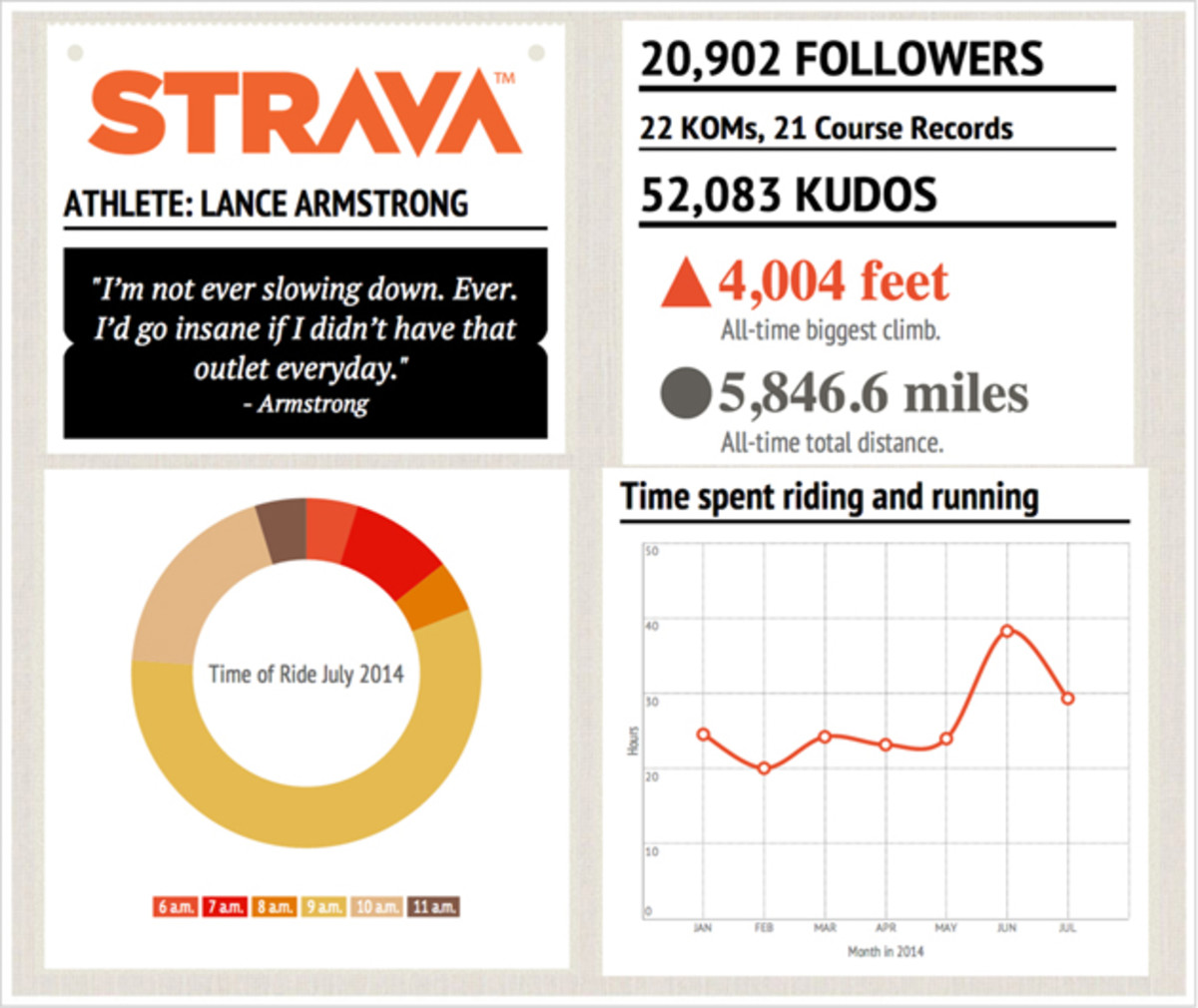Lance Armstrong is Still Riding & Finding New Ways to Compete

As the Tour de France winds to its conclusion this Sunday in Paris, its most famous defrocked champion will be pedaling across the American heartland in a noncompetitive event called RAGBRAI: Register’s Annual Great Bicycle Ride Across Iowa. Lance Armstrong—who won the Tour every year from 1999 to 2005 and was stripped of those titles for doping violations in 2012—is banned from competing in most races by the U.S. Anti-Doping Agency, but he says he’s not craving wheel-to-wheel racing. “That’s not my thing anymore,” he says. “I’m not a glutton for punishment like I used to be.”
Which is not to say that Armstrong won’t face any more penalties for his notorious past. In June he was deposed in a lawsuit brought by SCA Promotions Inc. that could cost him $12 million, and he might end up owing more than $100 million if the government wins its case against him and his co-defendants from the U.S. Postal Service cycling team.
None of that has made Armstrong more reclusive. “There’s a certain segment of the population that wants me to be at home curled up in the fetal position,” he says. “I’m not.”
In fact, Armstrong still rides five times a week and averages 130 miles per week, near his summer home in Aspen, Colo., and he isn’t entirely through with competition either. People can still race against him—virtually—through Strava, an online network that allows athletes to track and share their fitness activities. Strava users can turn any ride or run into a traceable course, while tracking the technical aspects and logging the distance. The results are then uploaded to a ranking board, which can be accessed by members at strava.com. The 42-year-old Armstrong, who has no financial stake in the company, holds 22 records as King of the Mountain—the title given to the best climber on a certain course—and 21 records for running since he started using Strava in August 2012.
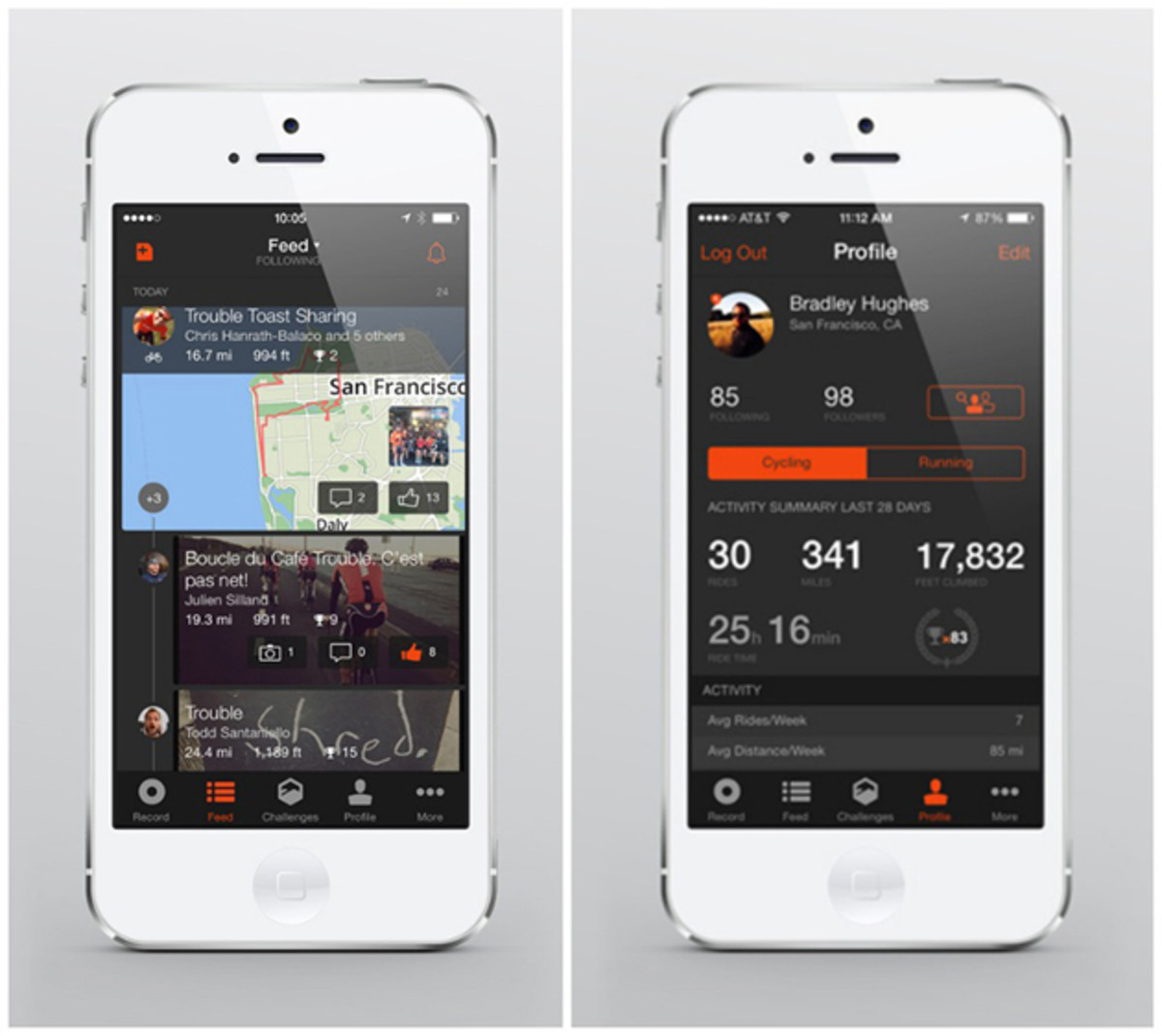
Adam McCall is an amateur cyclist, but he has a faster time than Armstrong on a ride segment in Little Rock, Ark., and received kudos from Lance after he rode with him in the city’s Grand Fondo in May. “People are interested to see how a Tour de France cyclist rides and trains so I think its good for the cycling community and the sport in general,” says McCall, who posted a selfie with Armstrong after the race. “Lance is going to push his body to the limit no matter if it’s a run, a UCI sanctioned event or Strava.”
@lancearmstrong turning 30 tomorrow. I rode with you on Saturday. How bout a retweet for a happy birthday? pic.twitter.com/8eEdimfuDn
— Adam McCall (@DocMcCall) June 3, 2014
Strava is also a social network, and a more supportive one for Armstrong than, say, his Twitter feed. Typical Strava comments are, “Great ride, dude!” and “You are still my inspiration, Lance,” while he’s more likely to get “Cheers, cheater!” or “Did you blood dope before?” after posting a ride to Twitter. “Strava has been 90, 95% positive,” he says.
These Are the Craziest Fans at the 2014 Tour de France
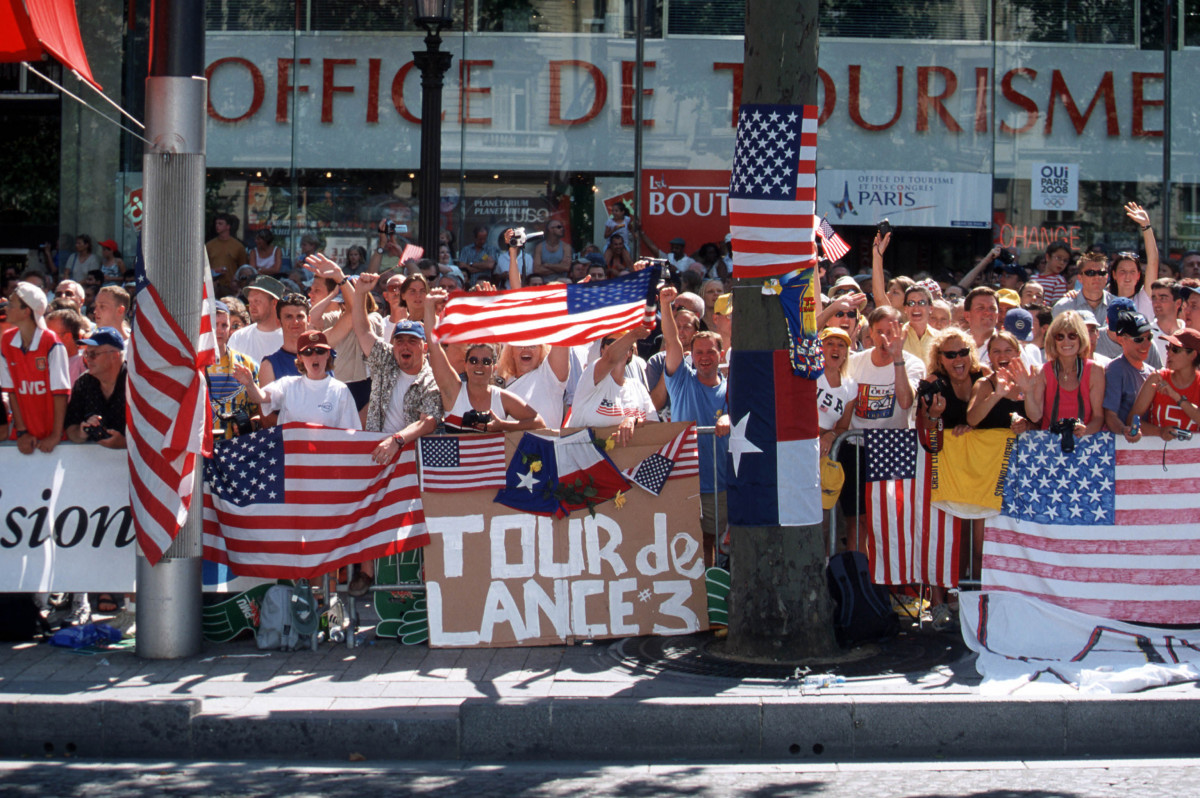
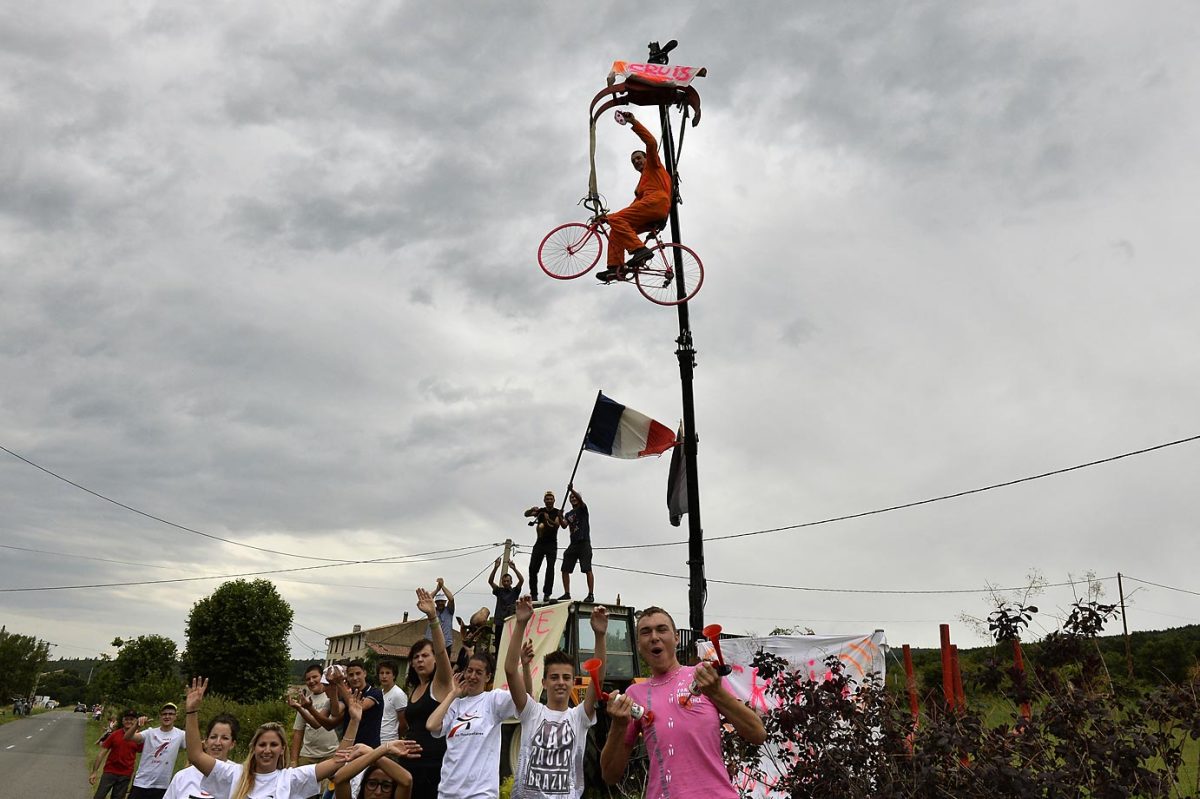
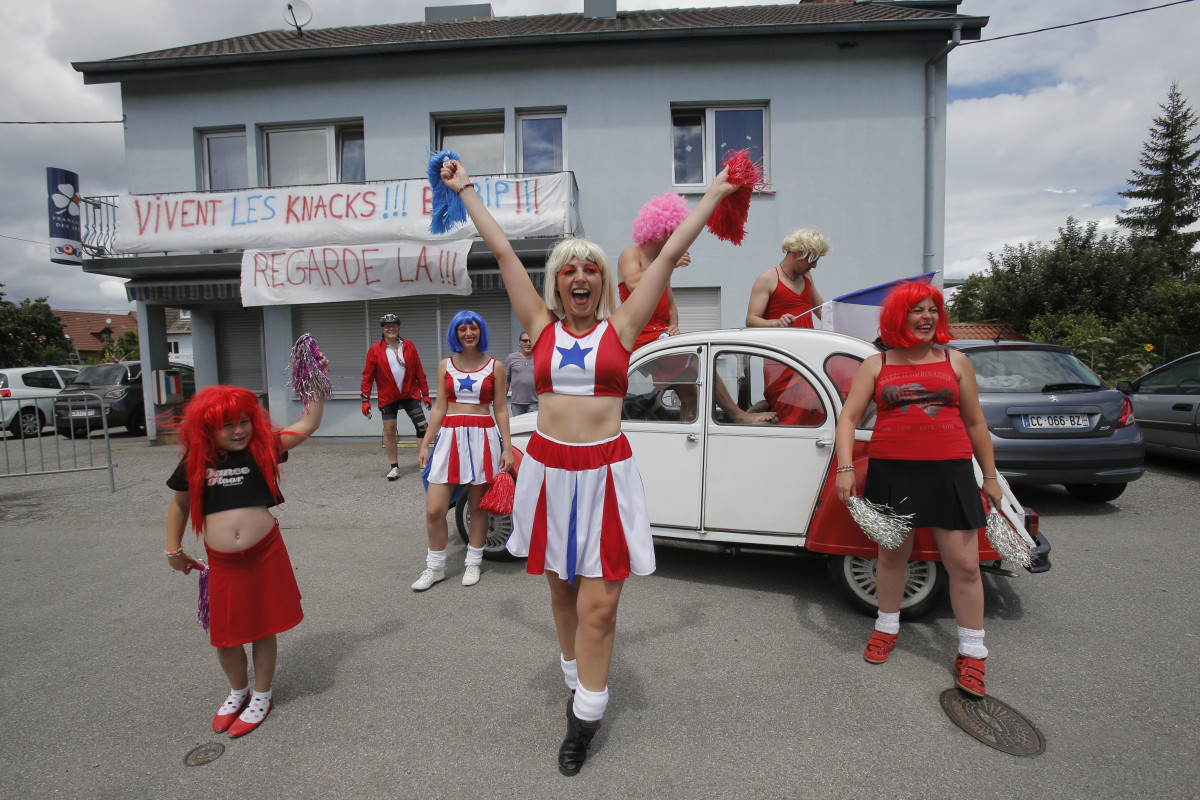
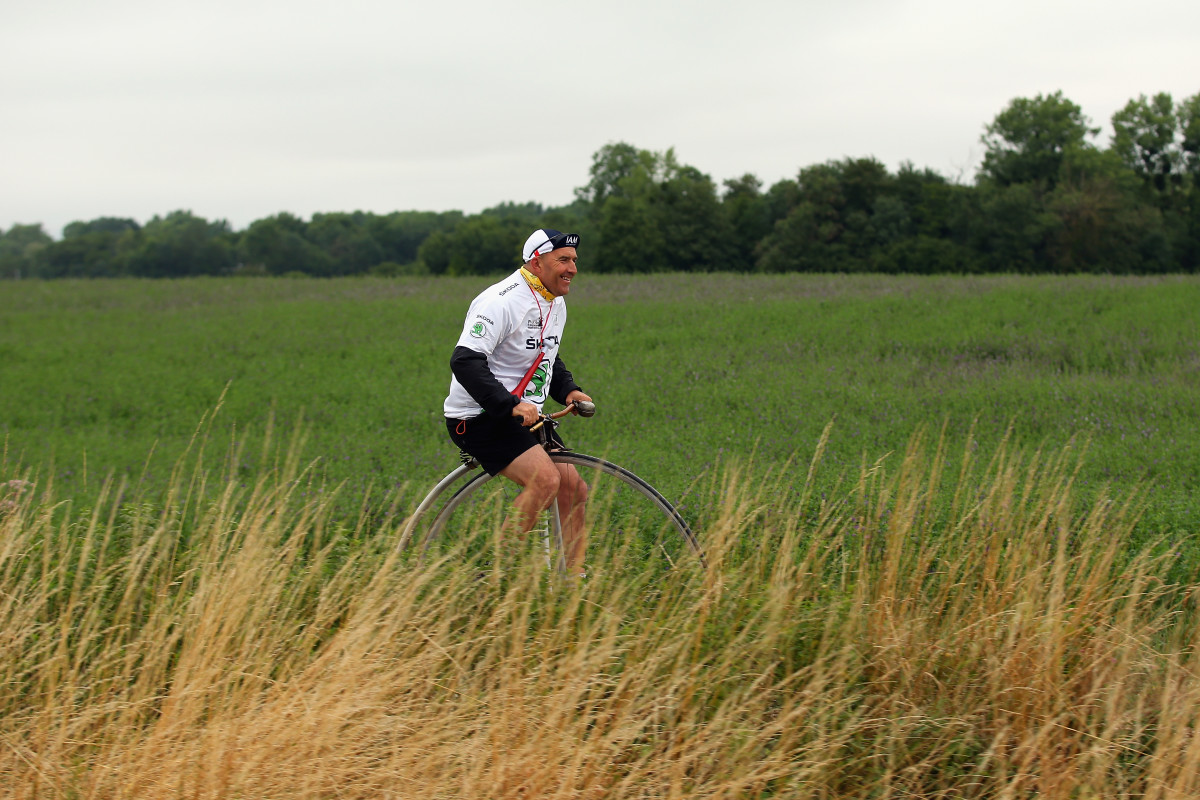

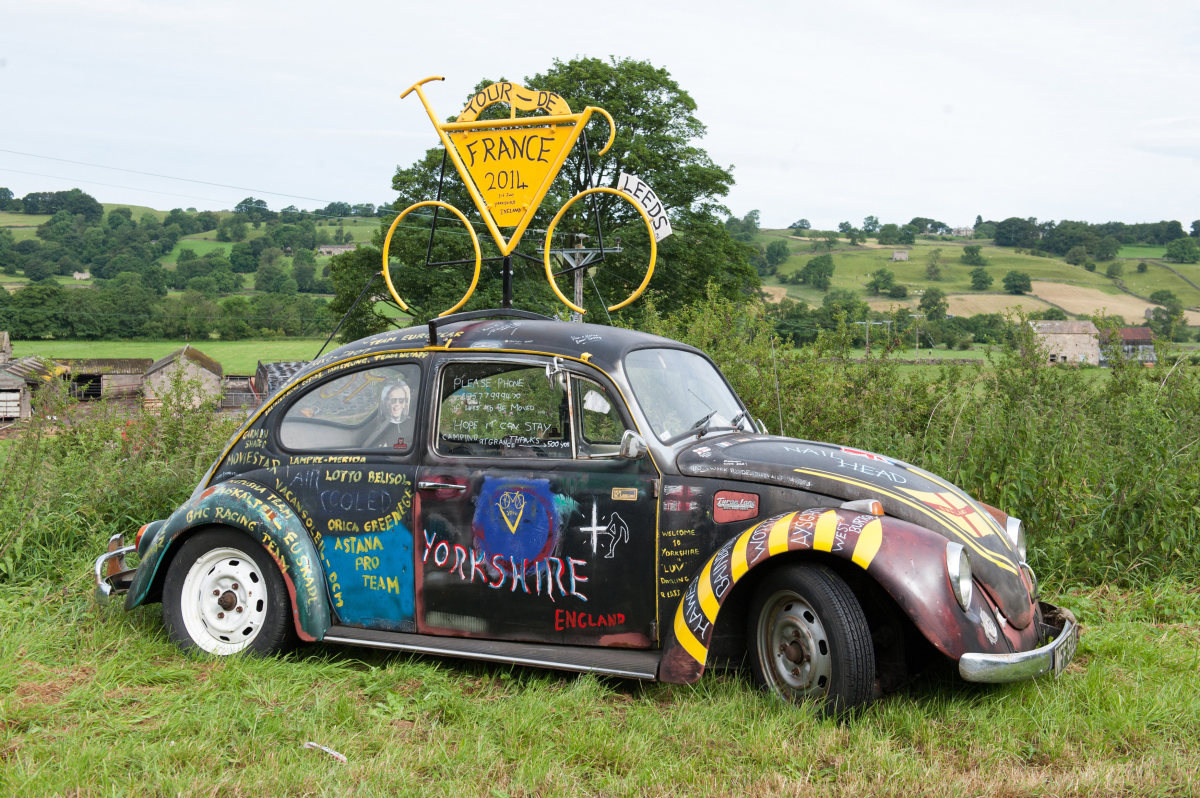
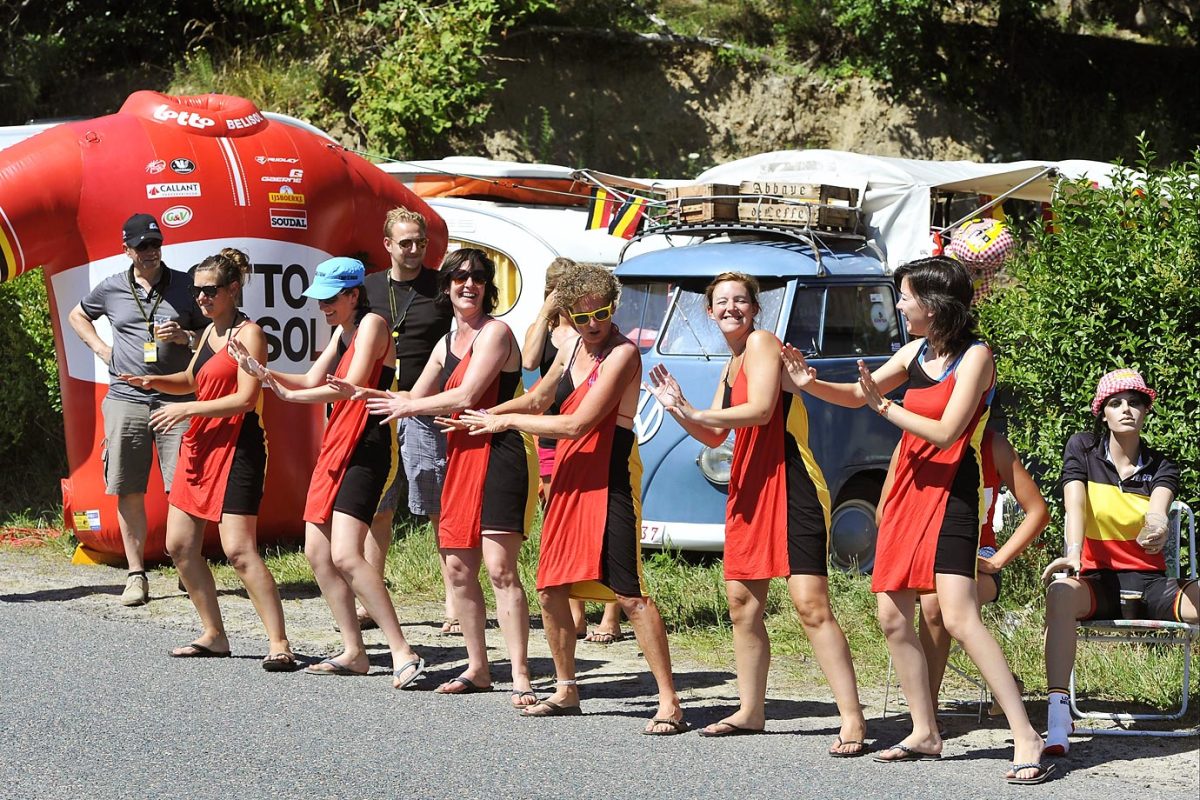
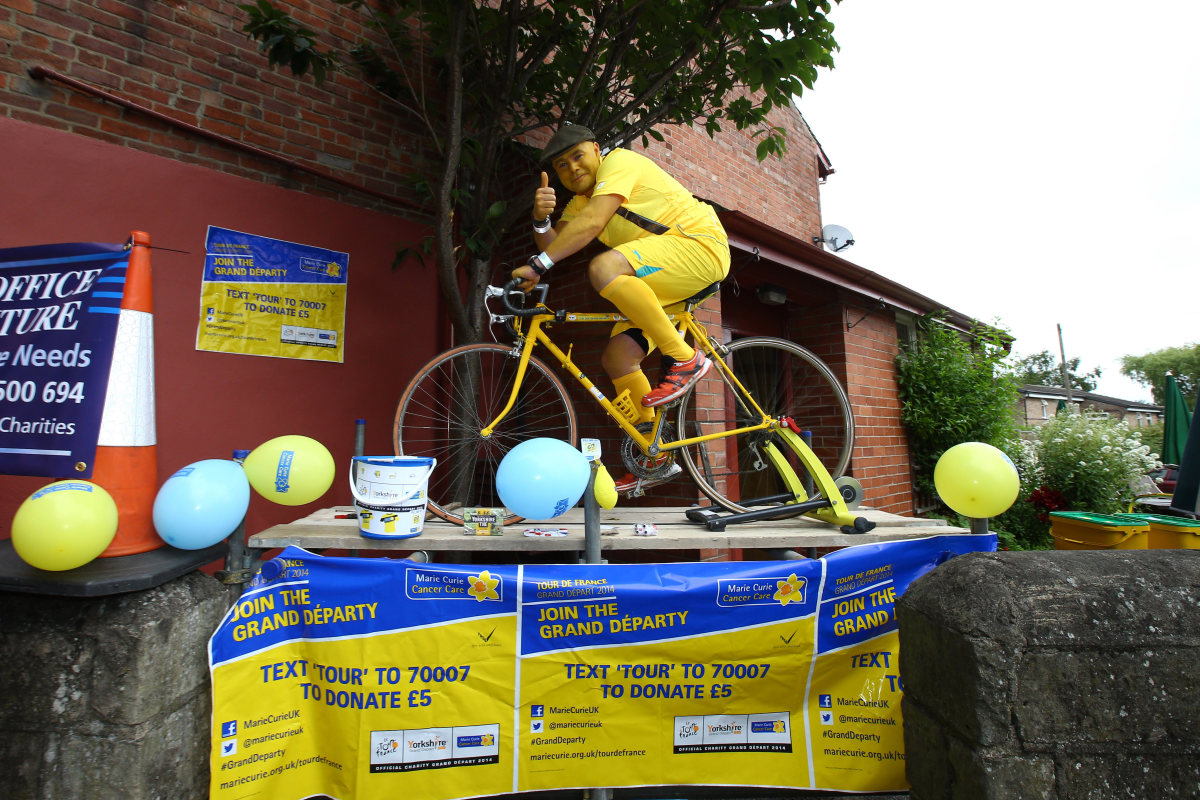
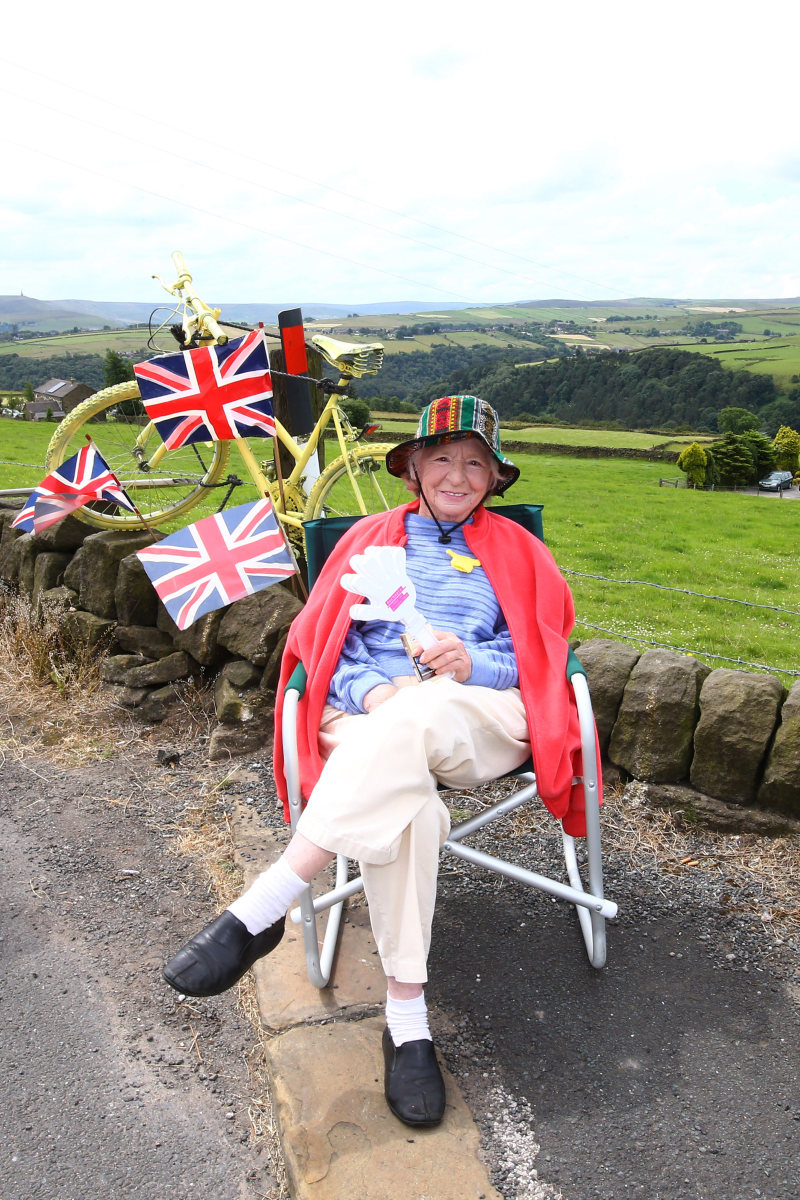

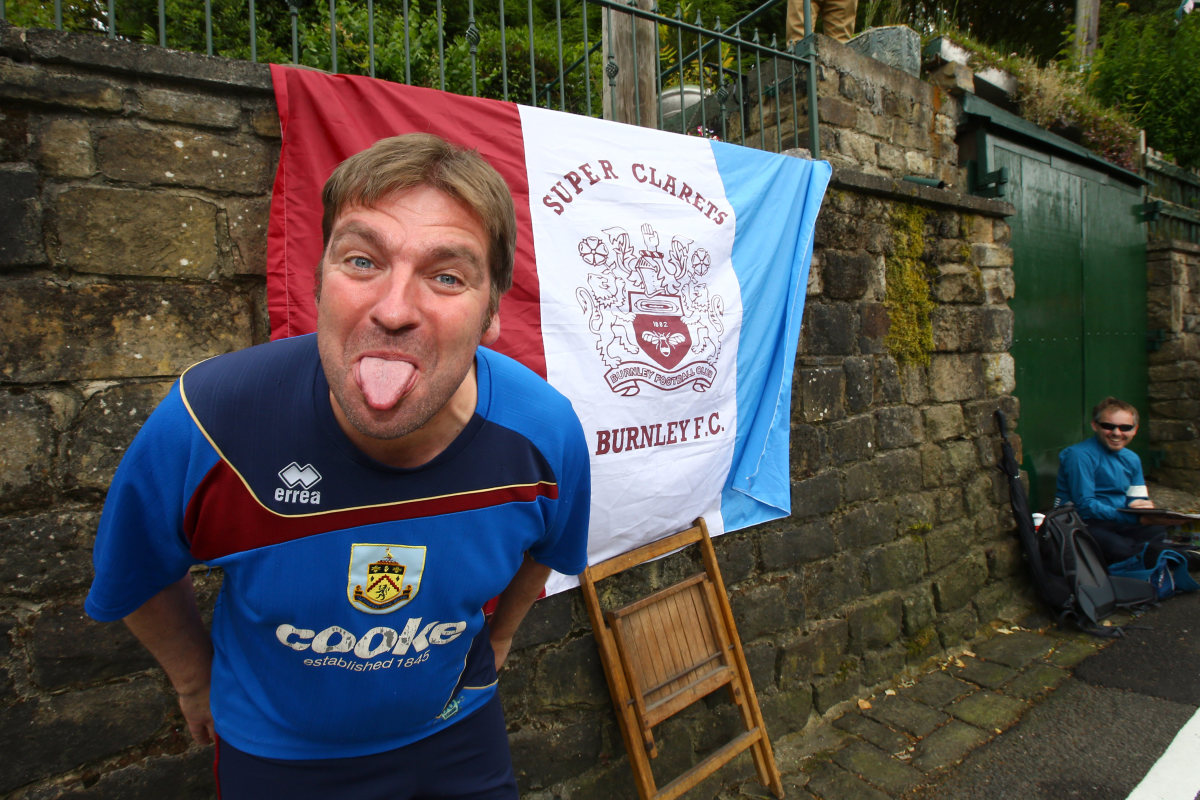
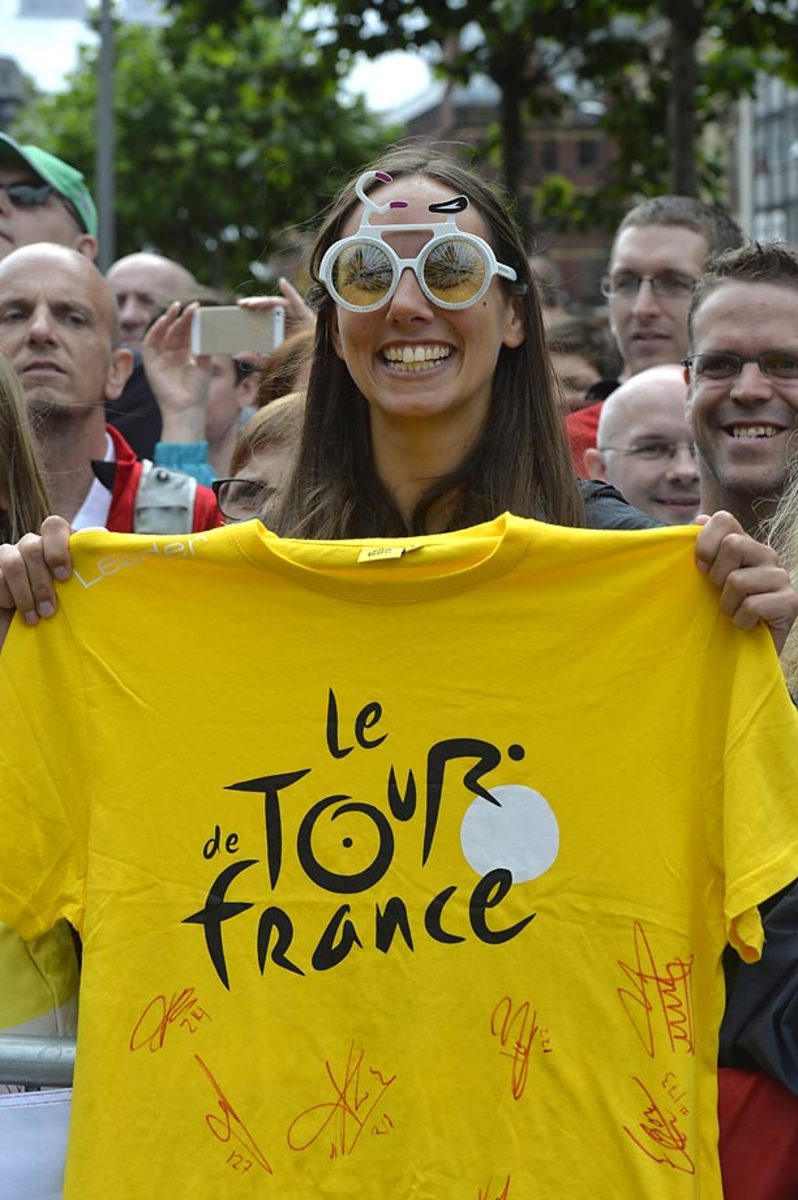

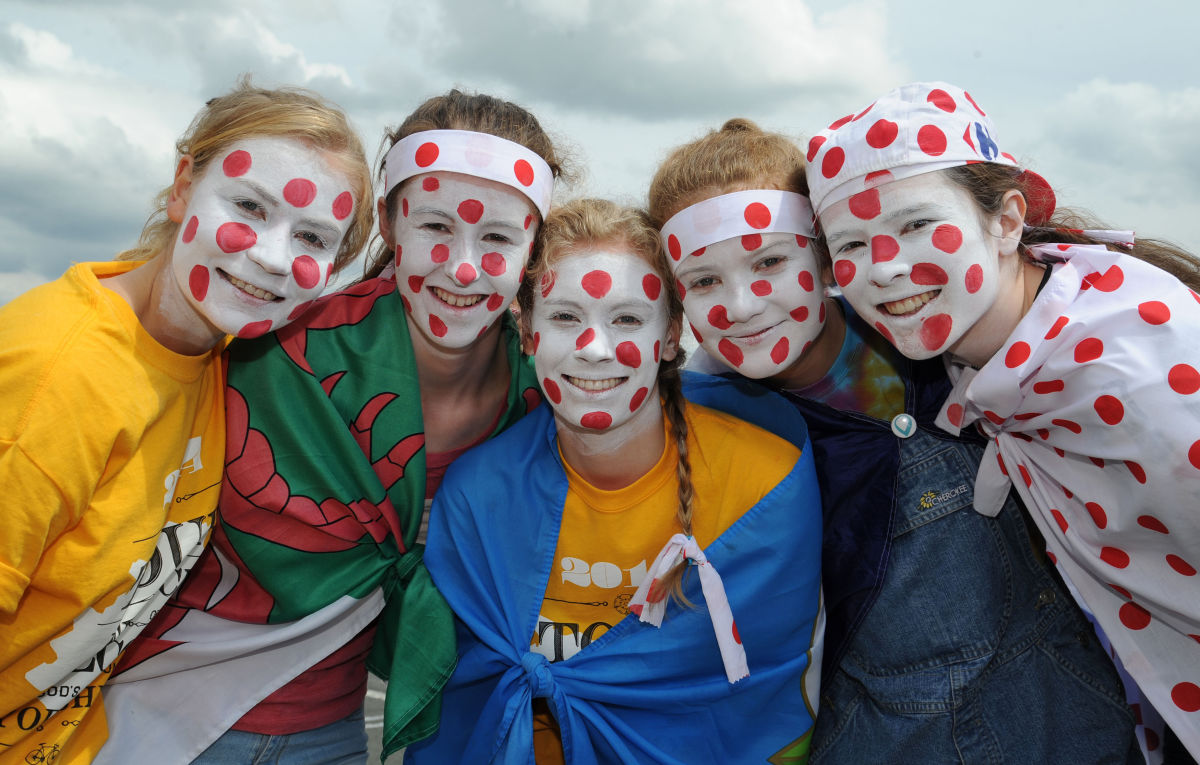

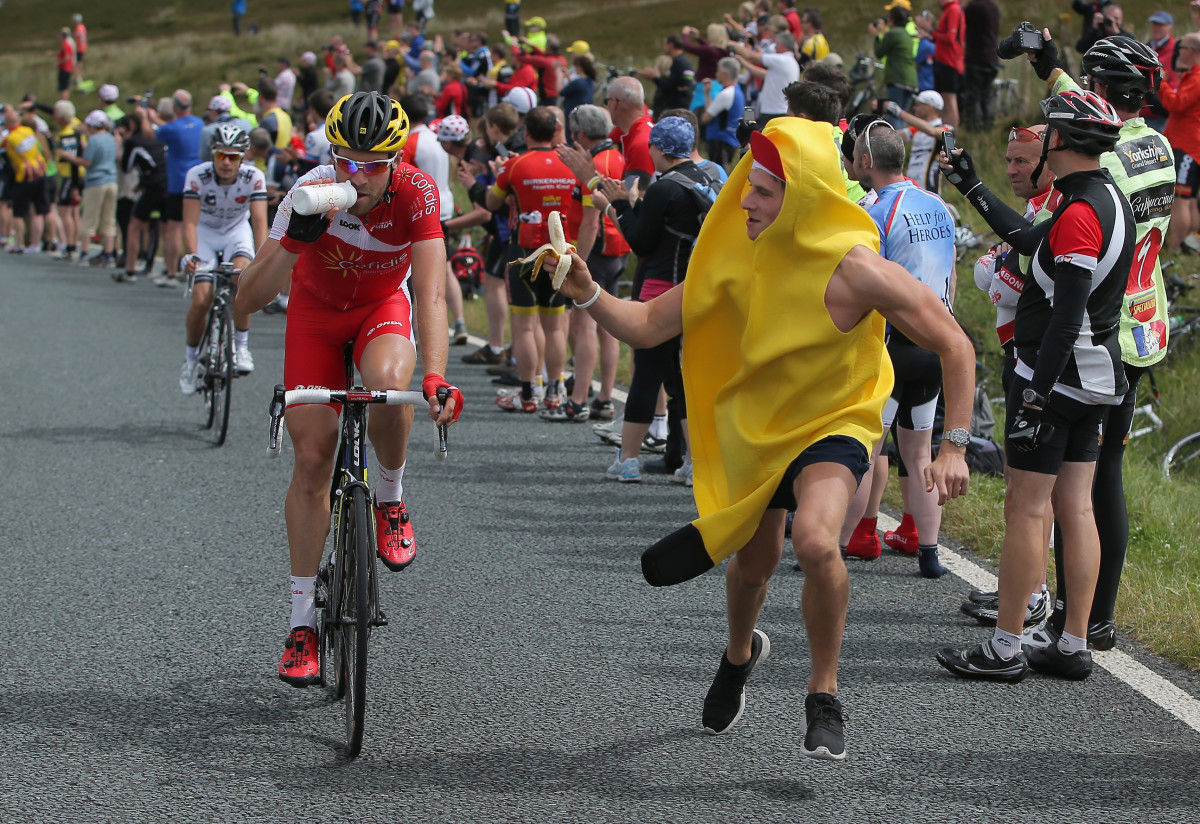


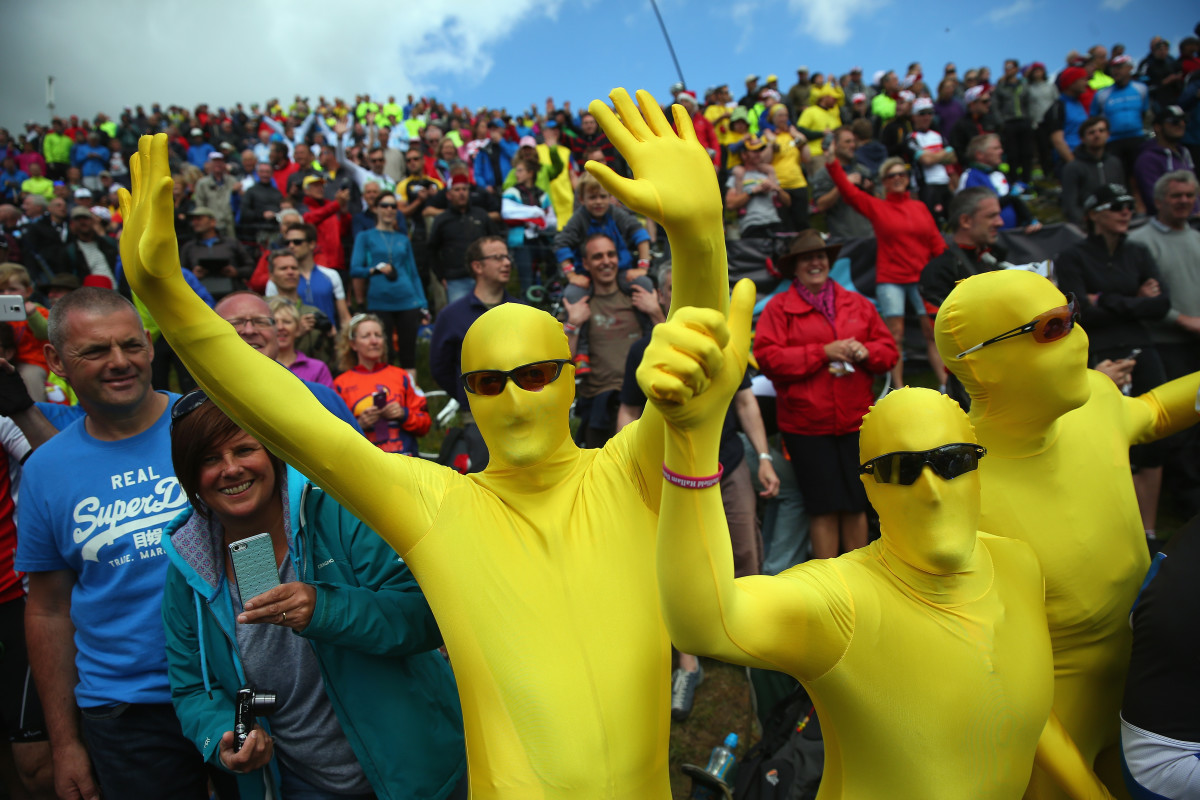
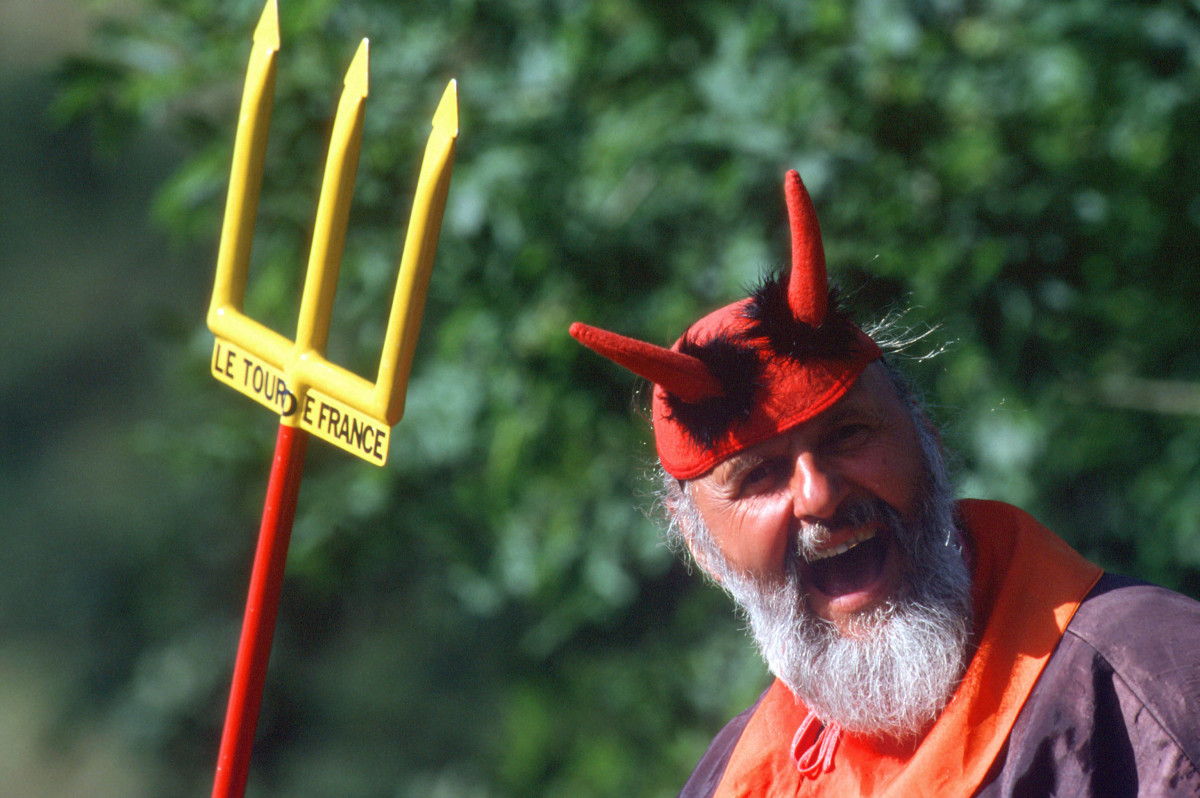
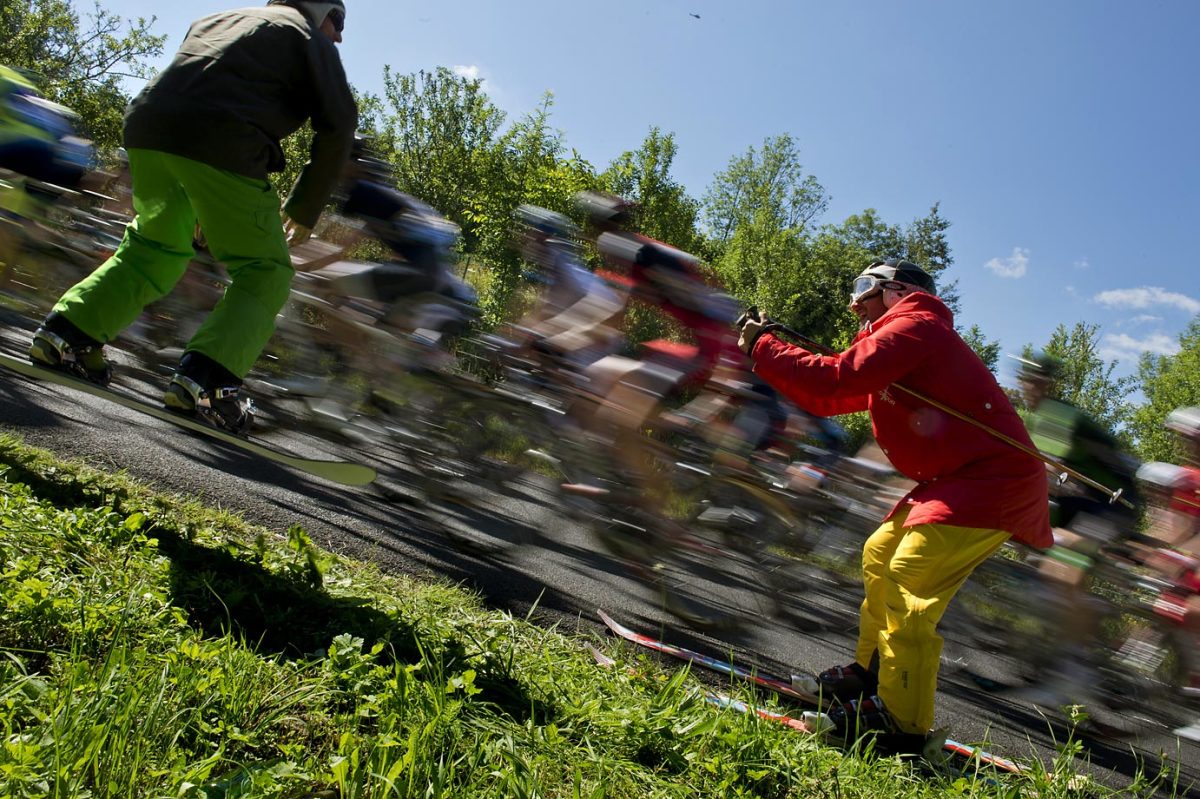
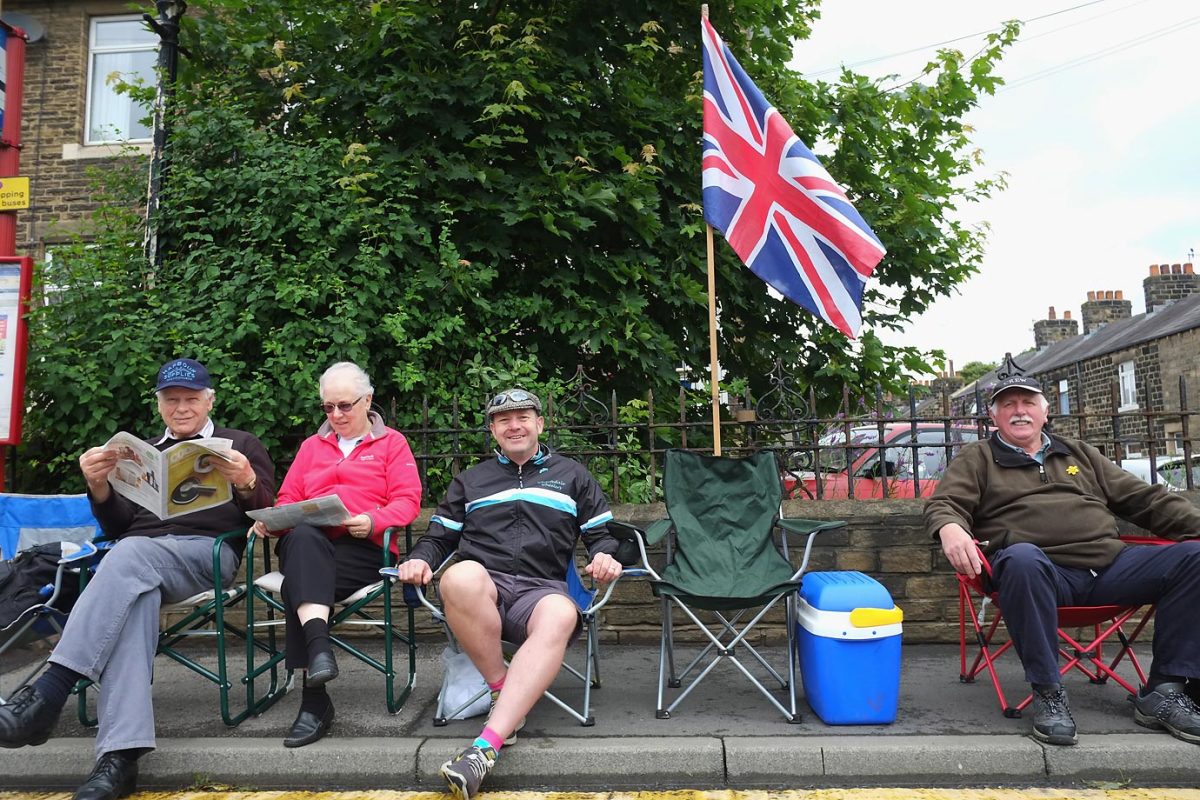
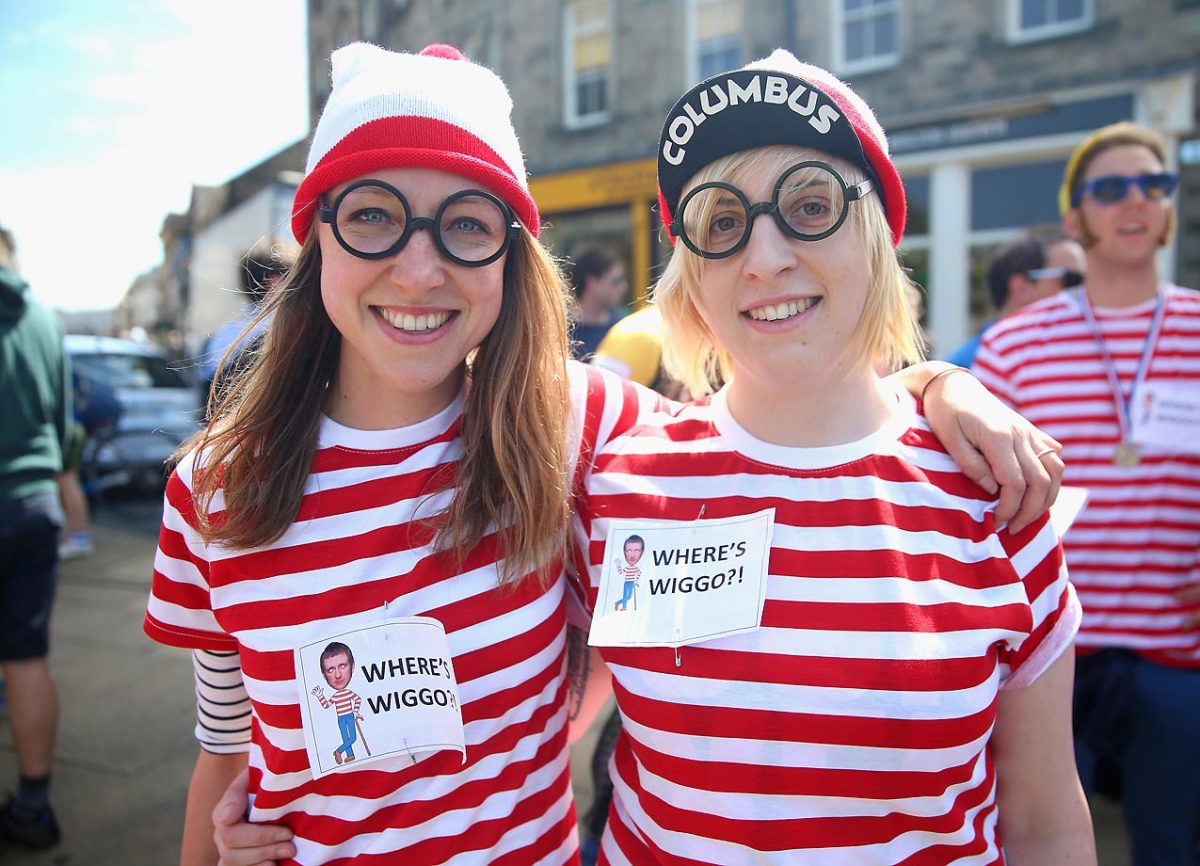

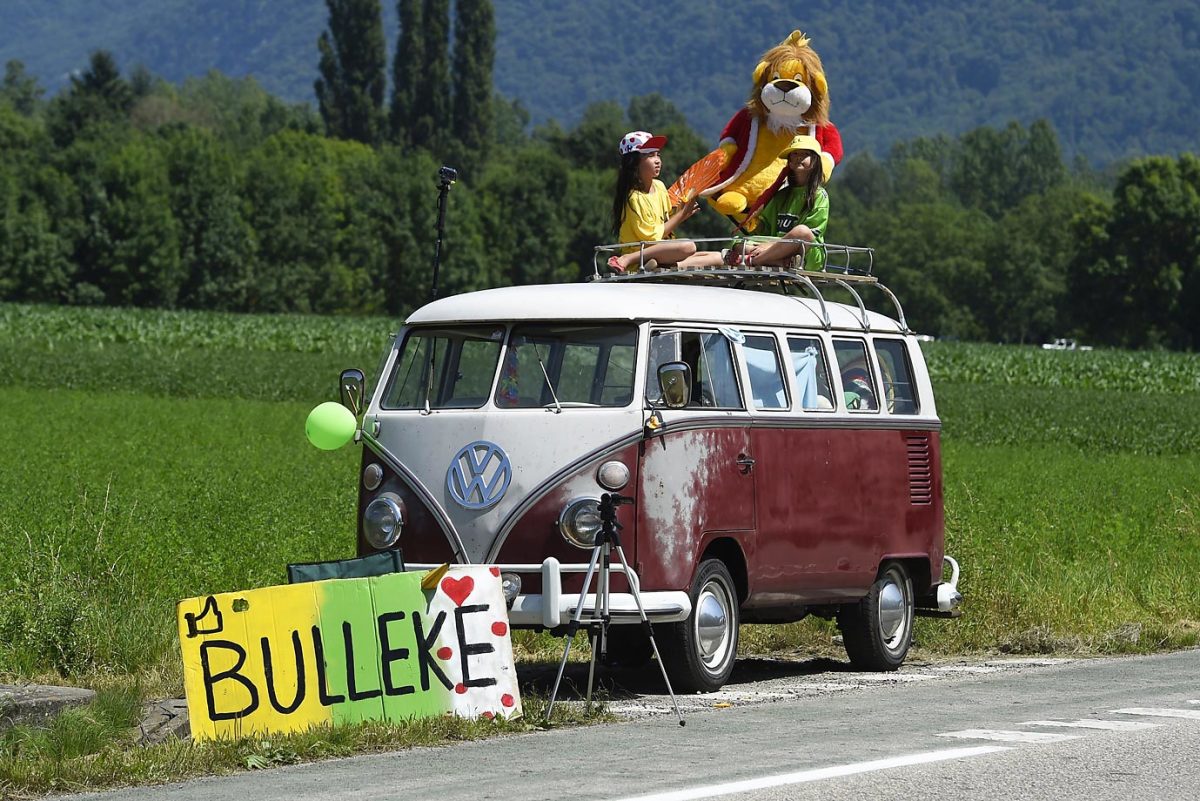
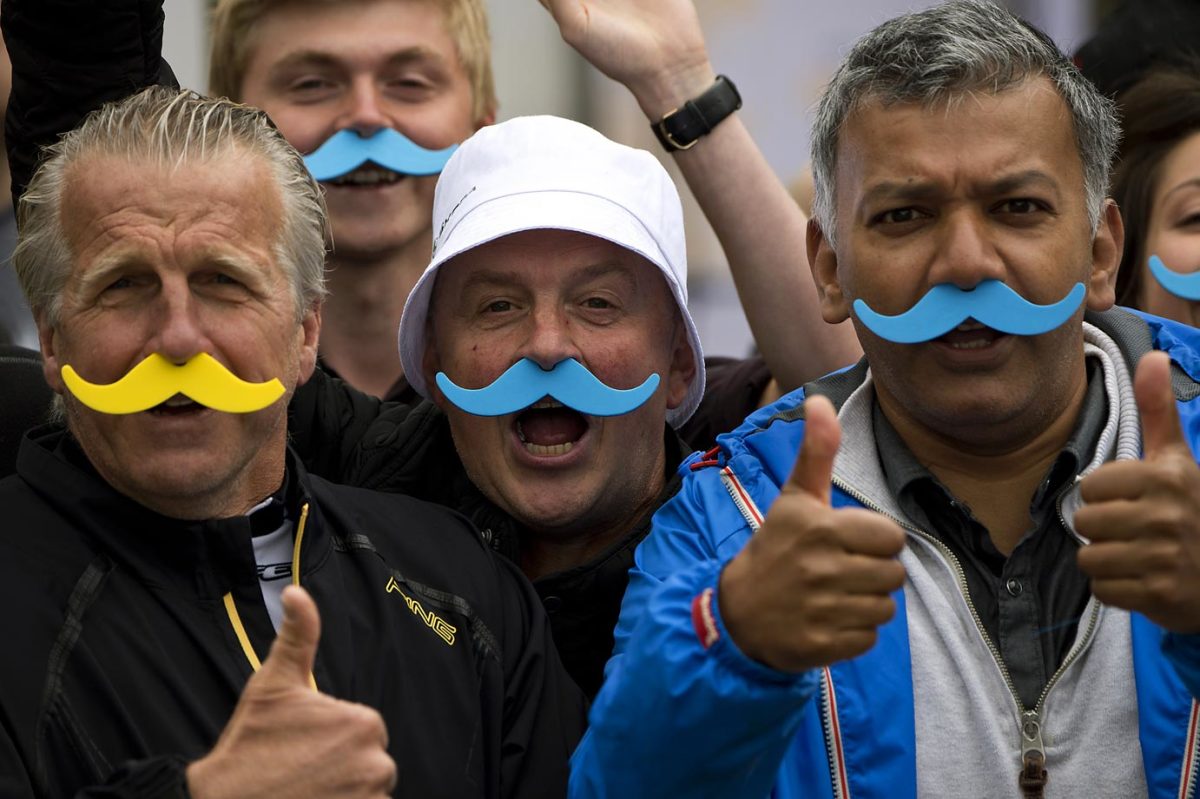
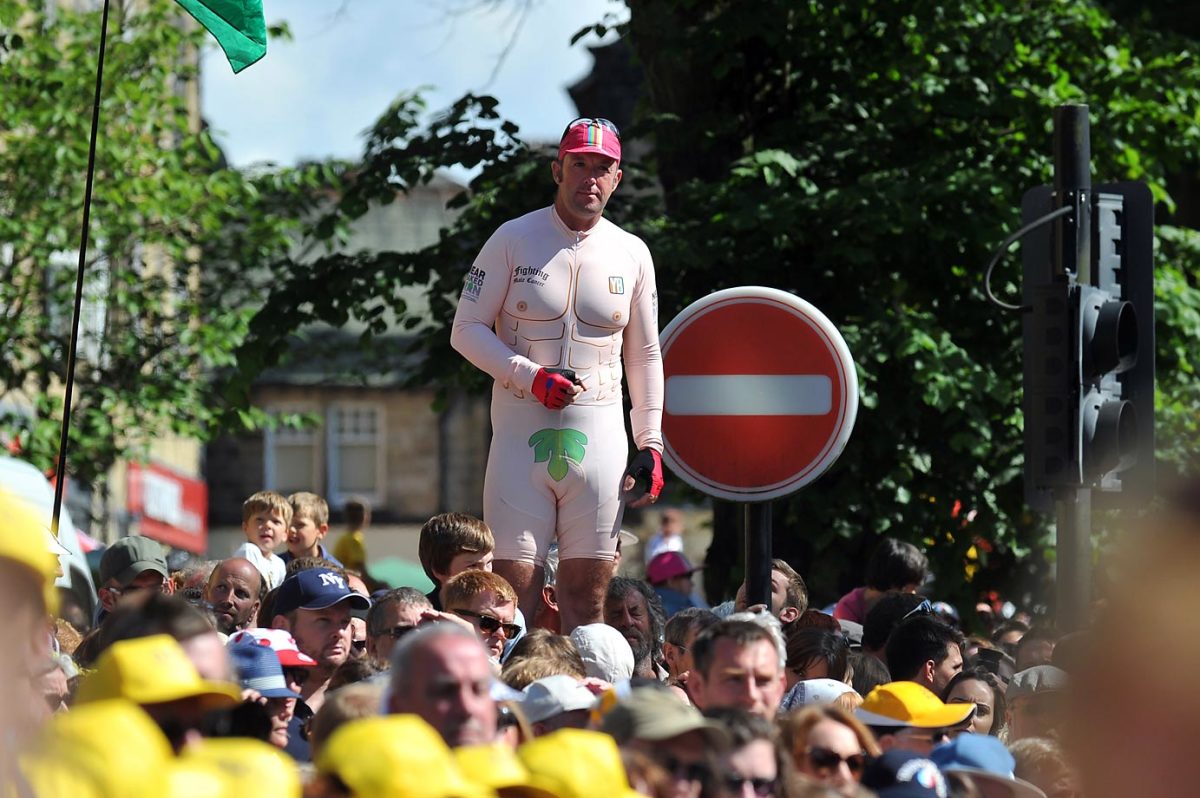


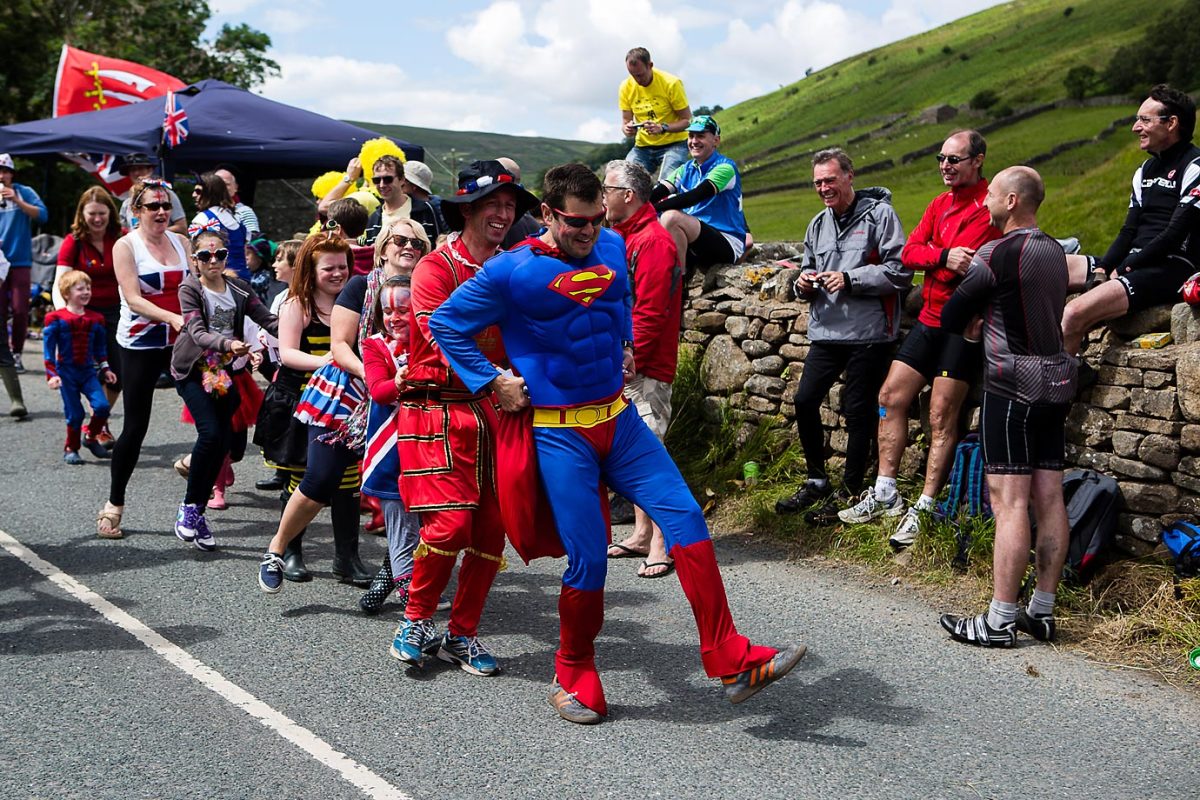
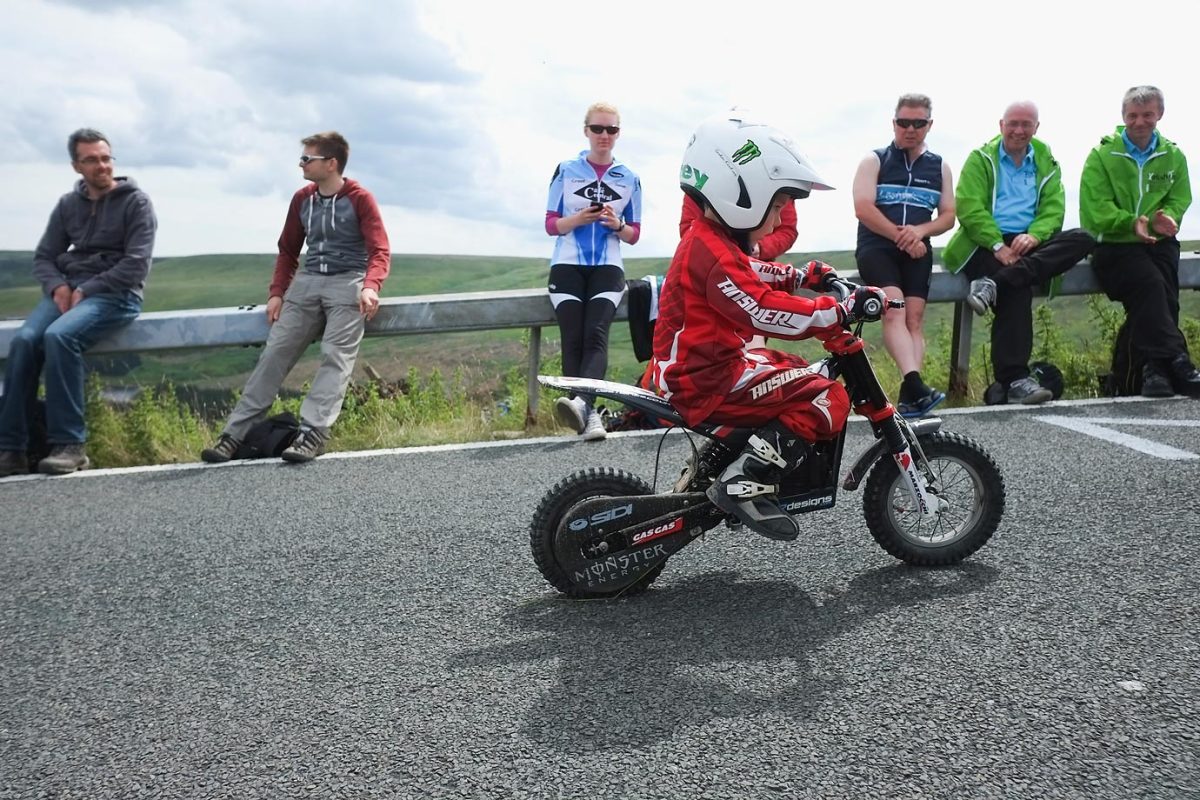
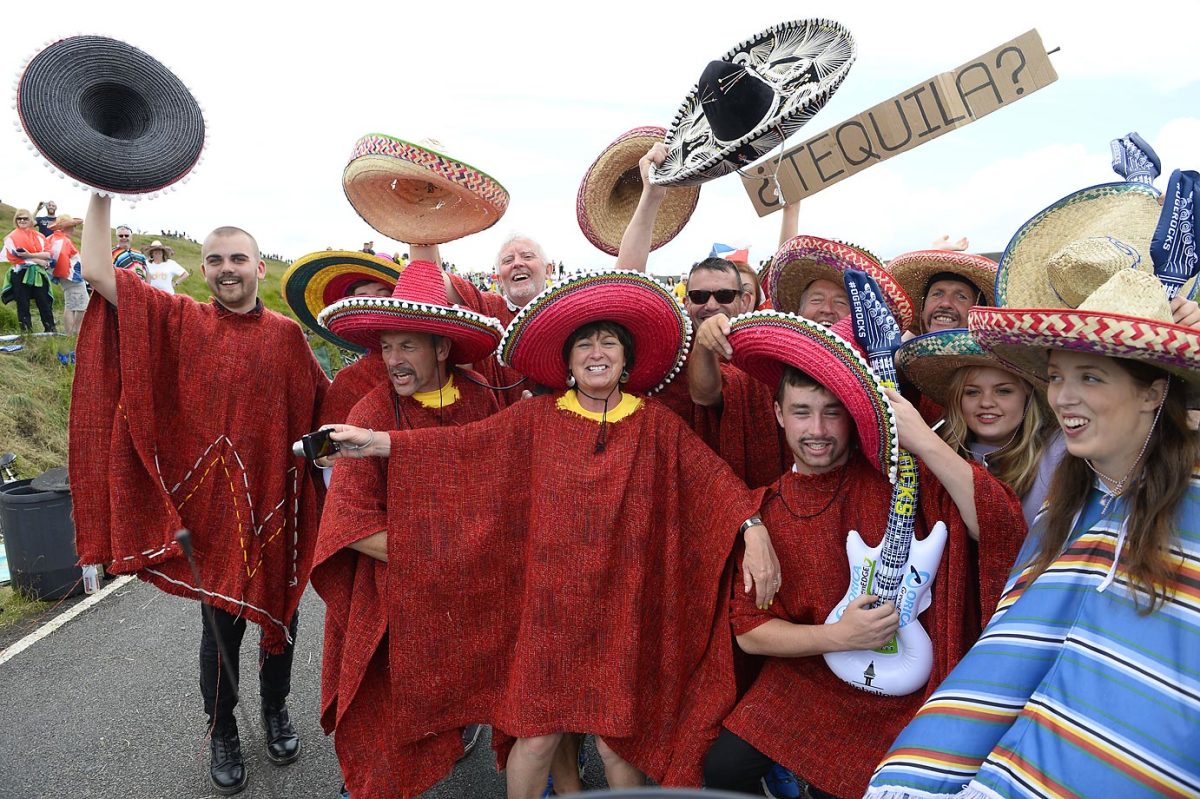
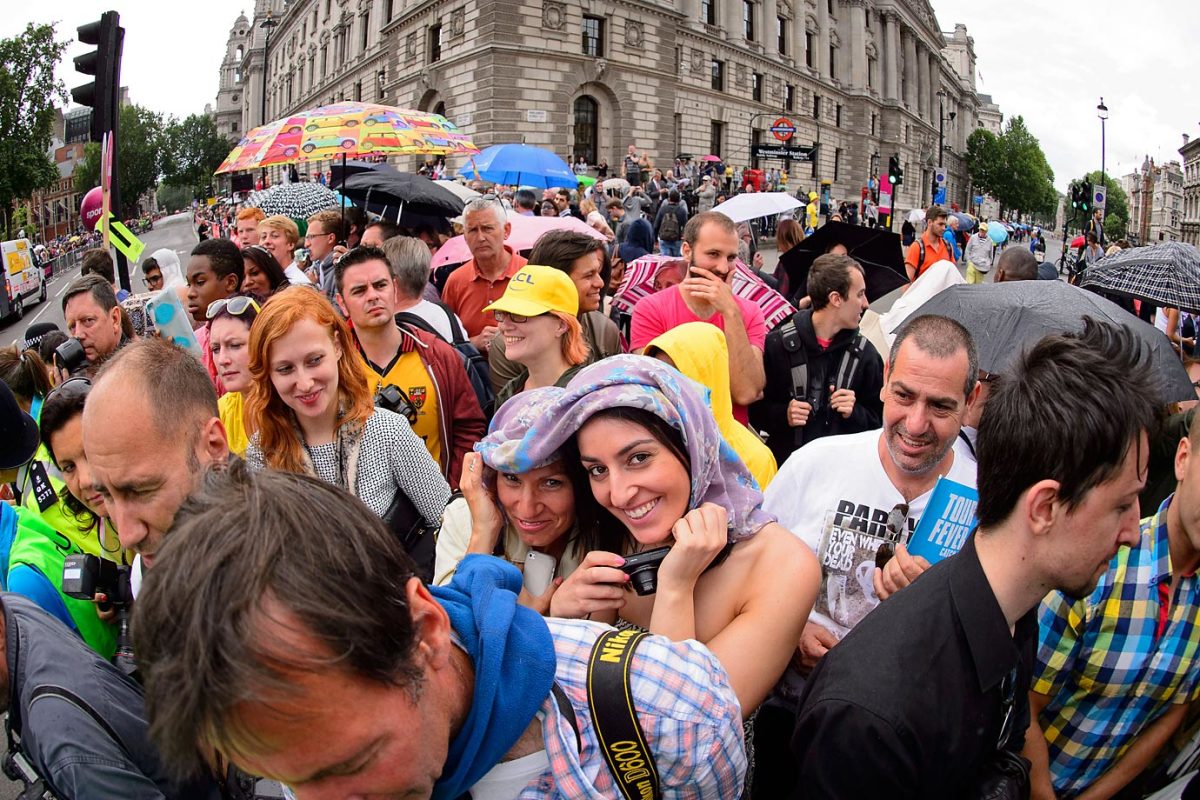


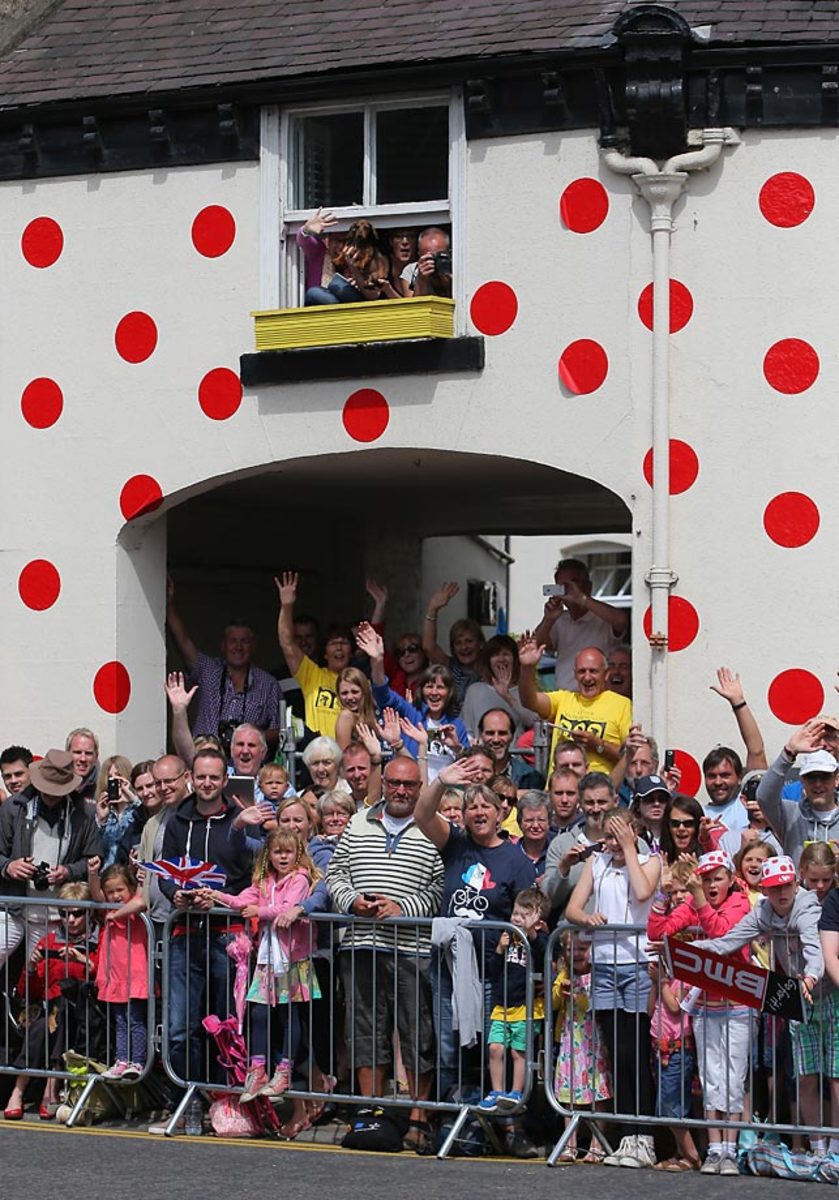

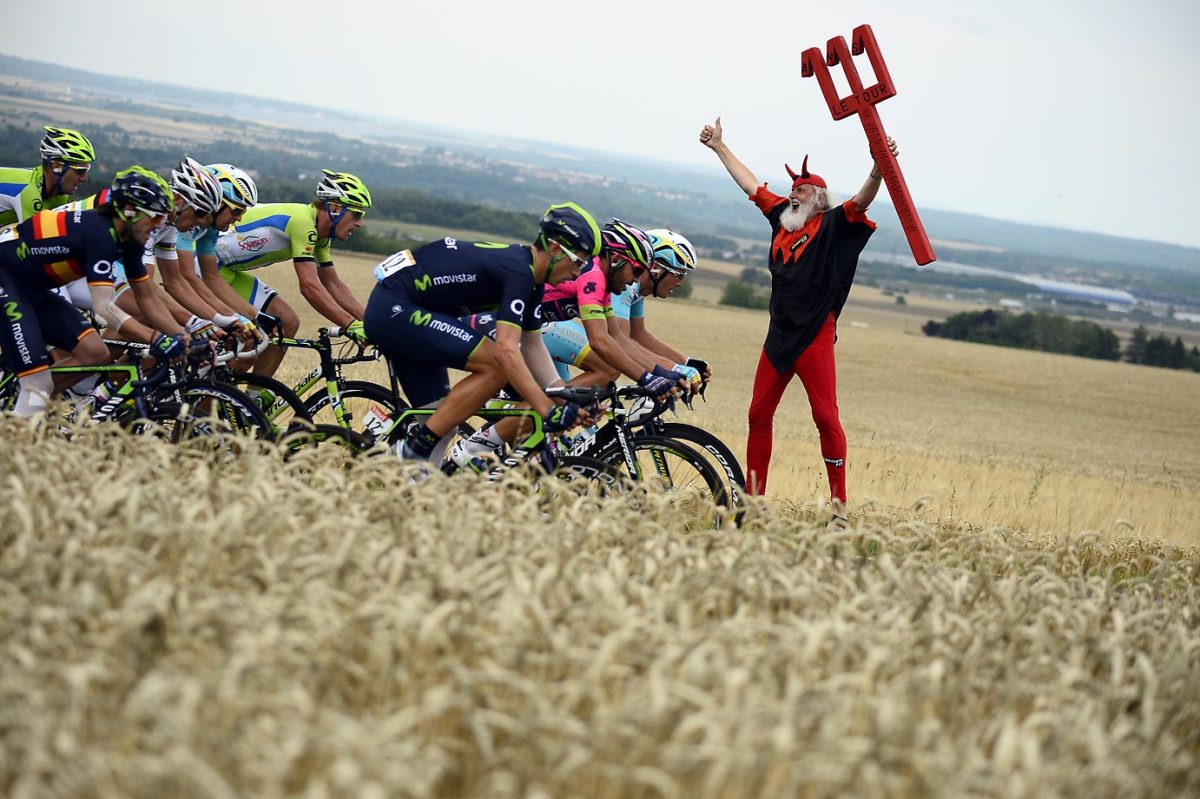
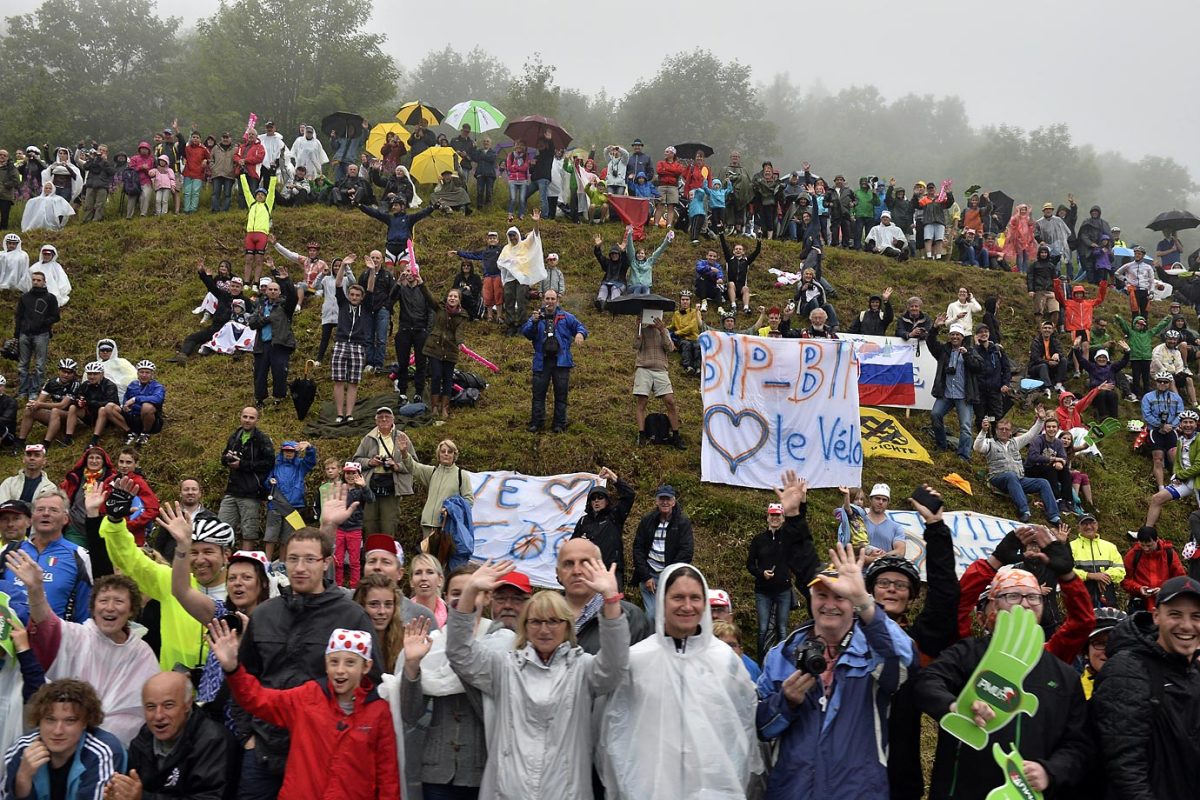
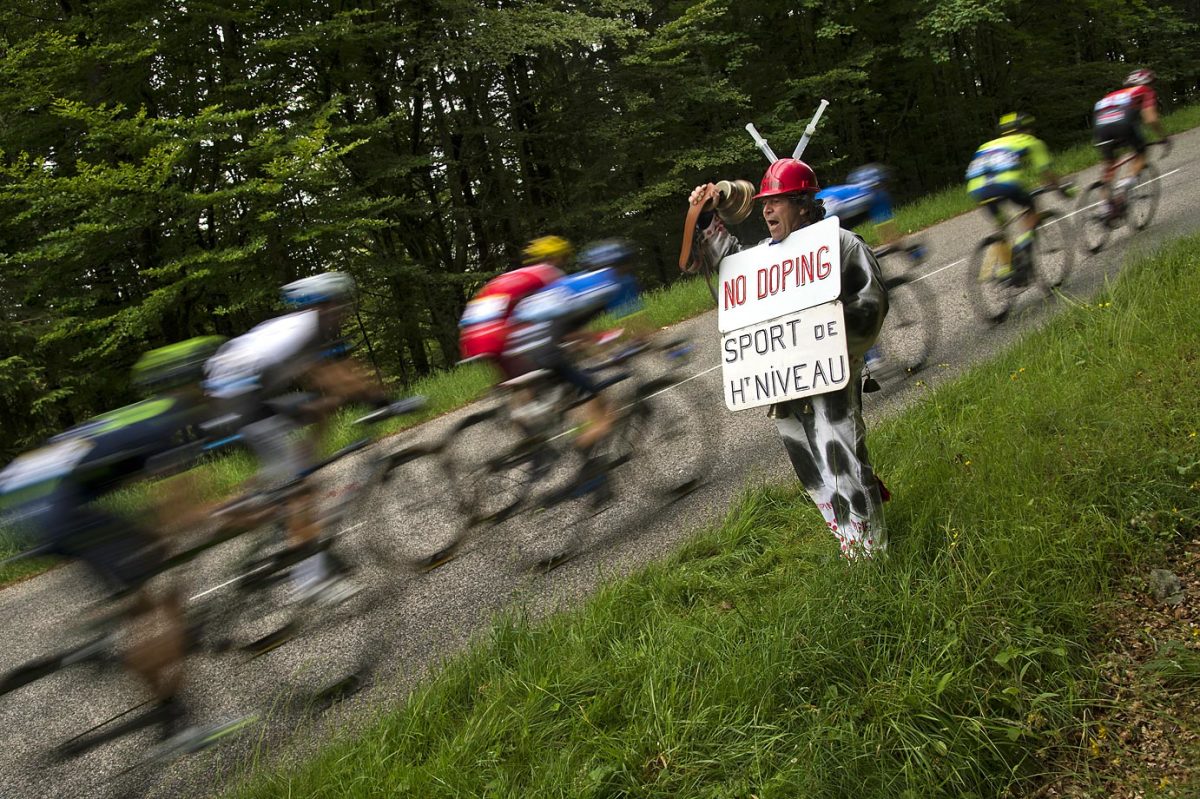
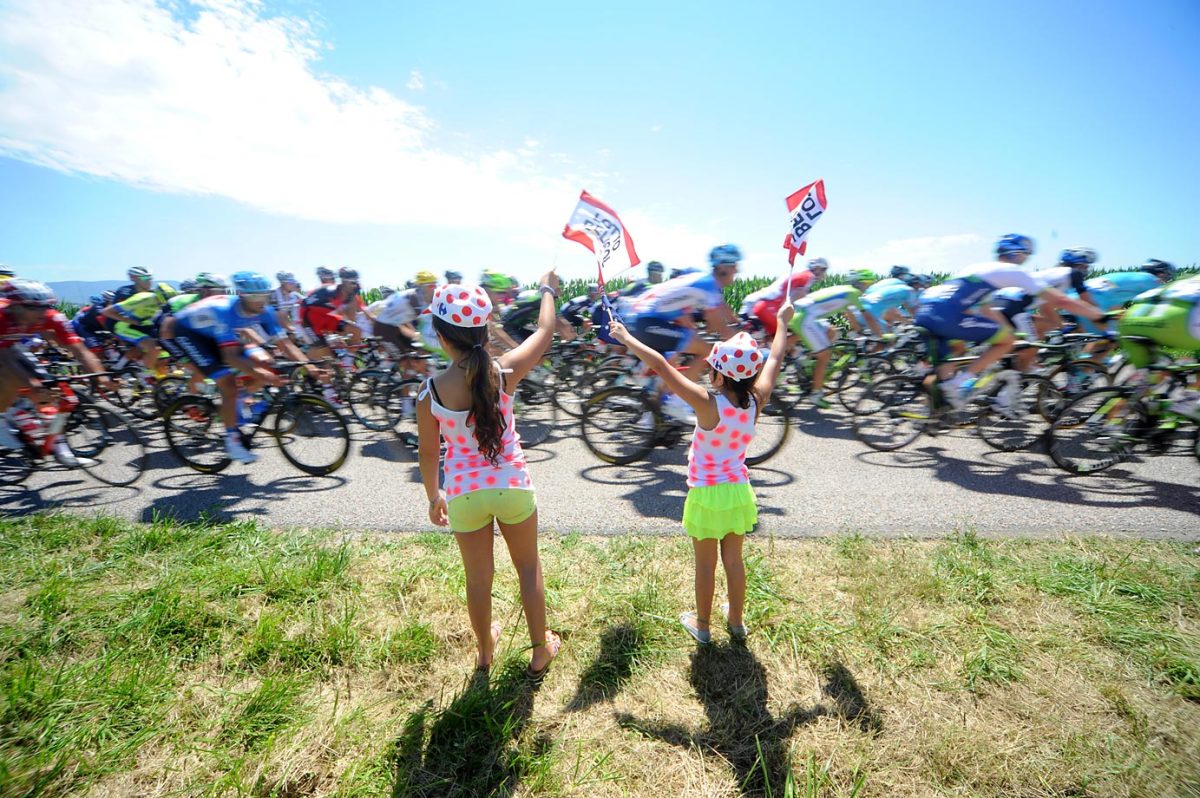
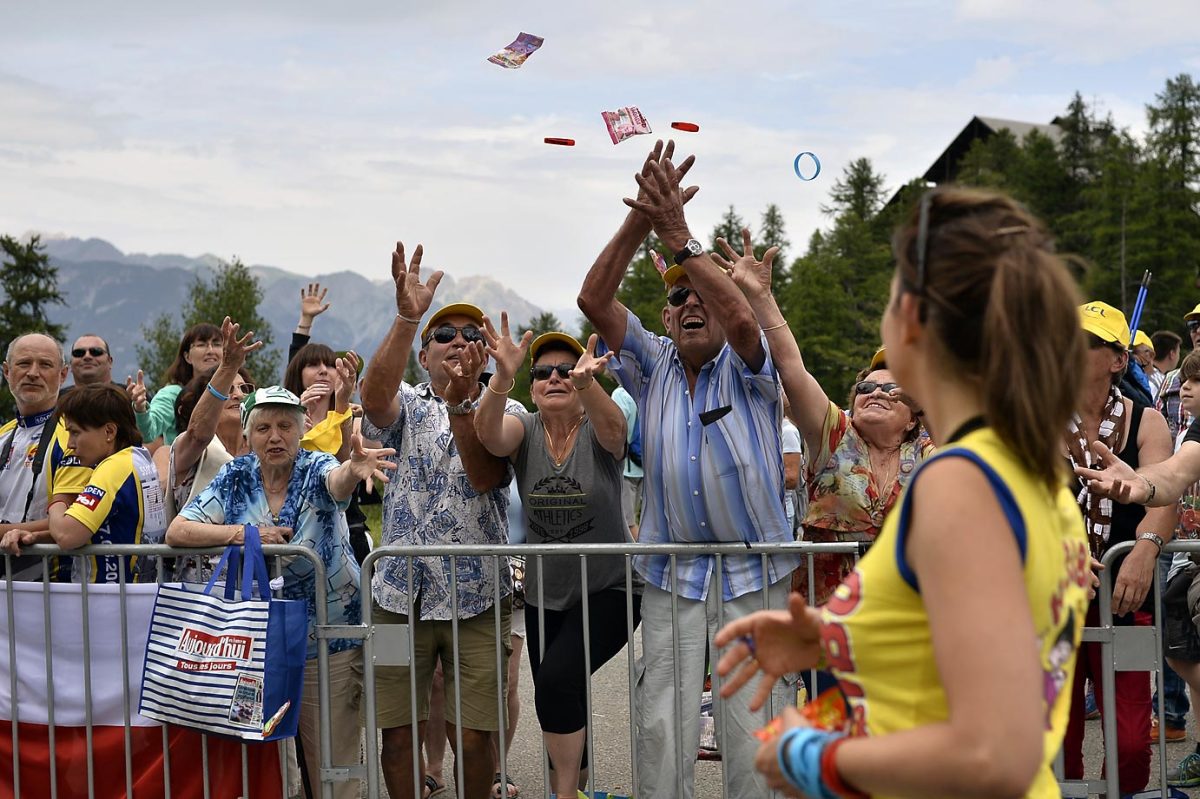
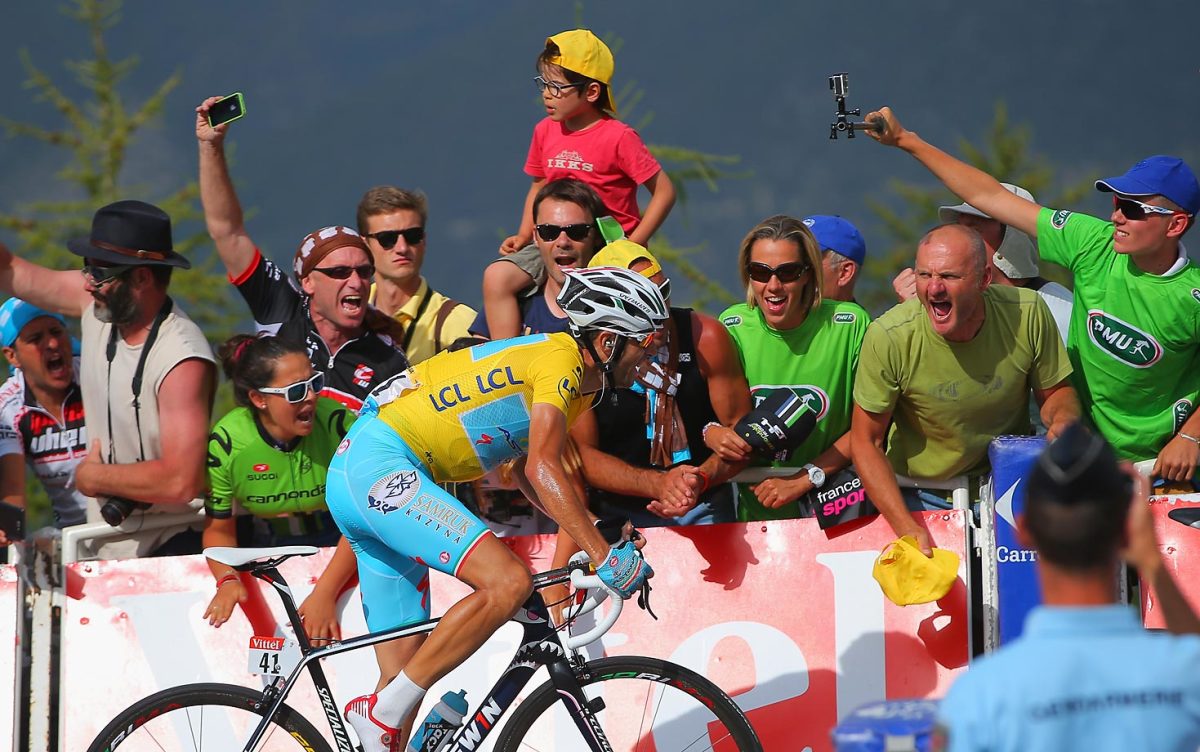
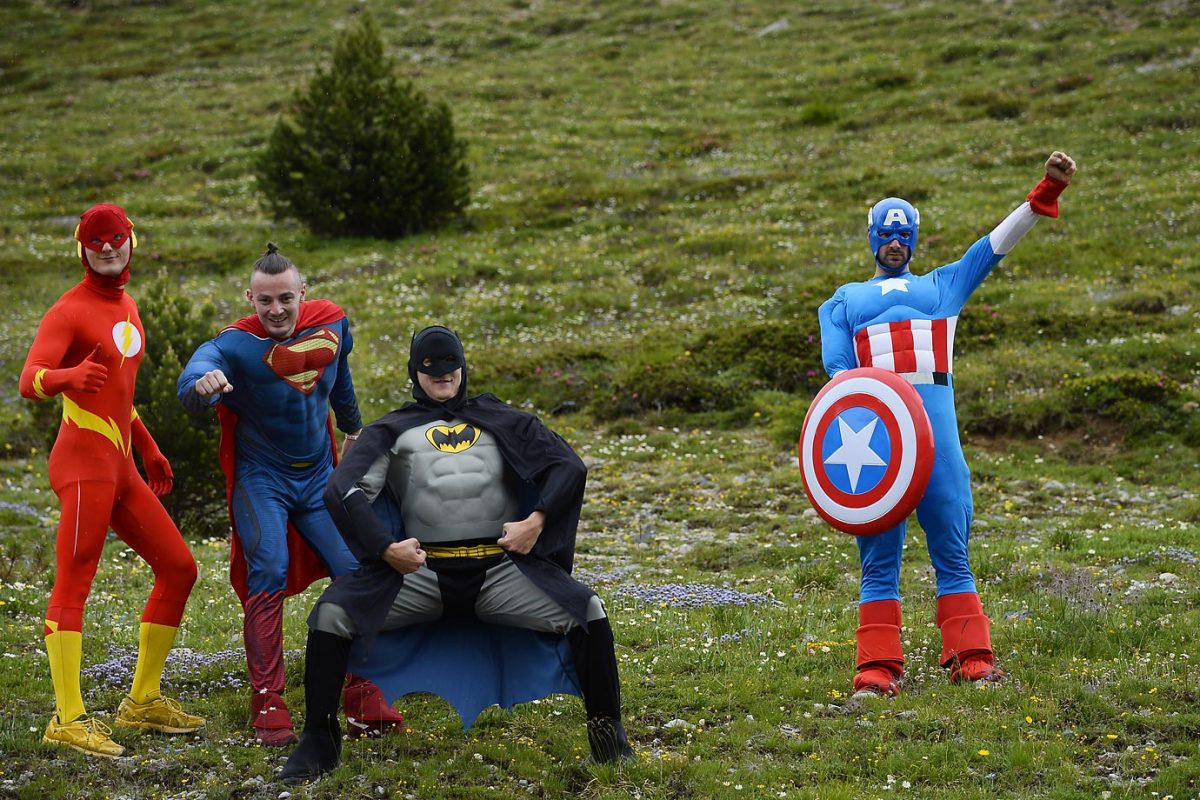
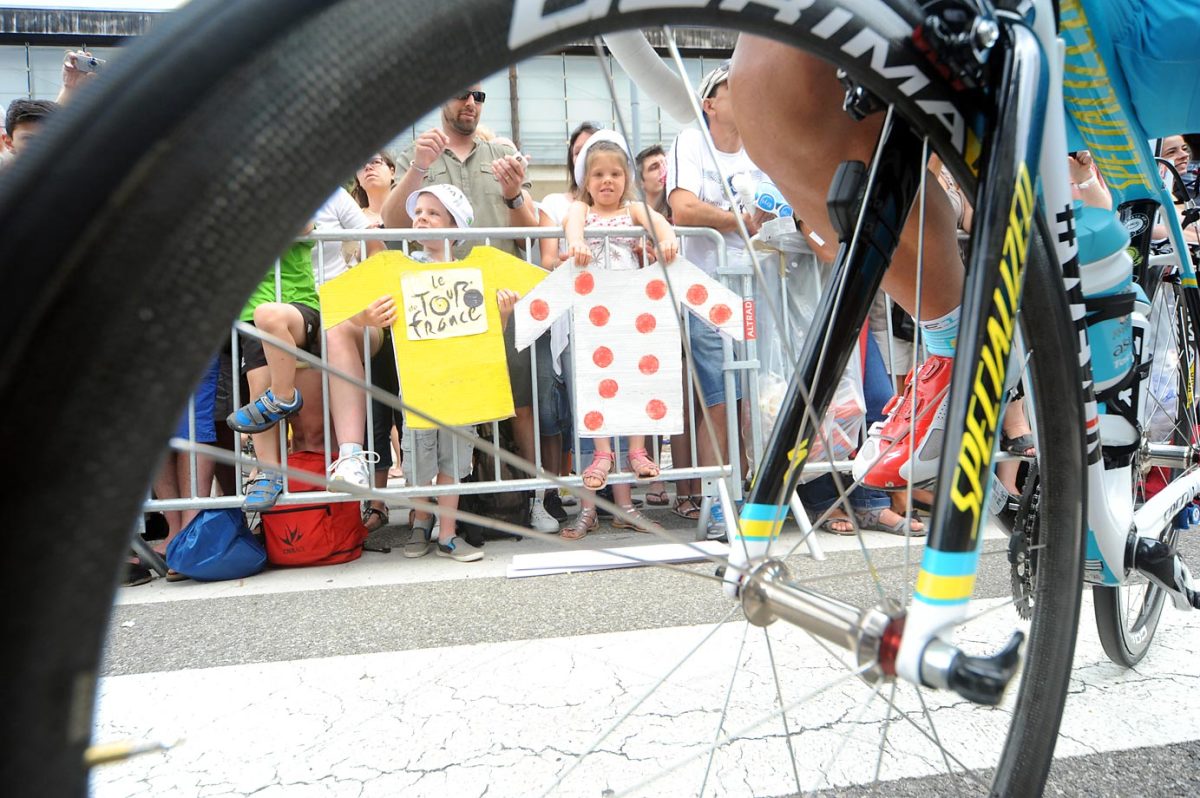


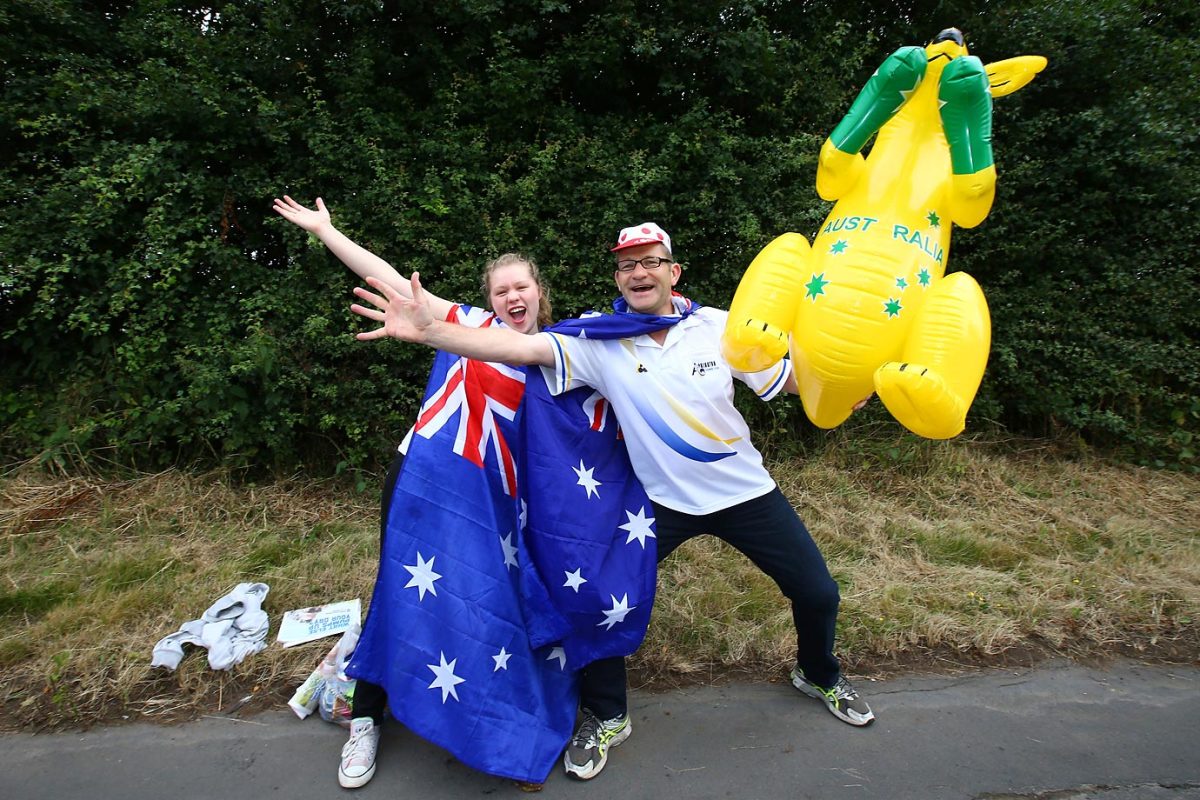
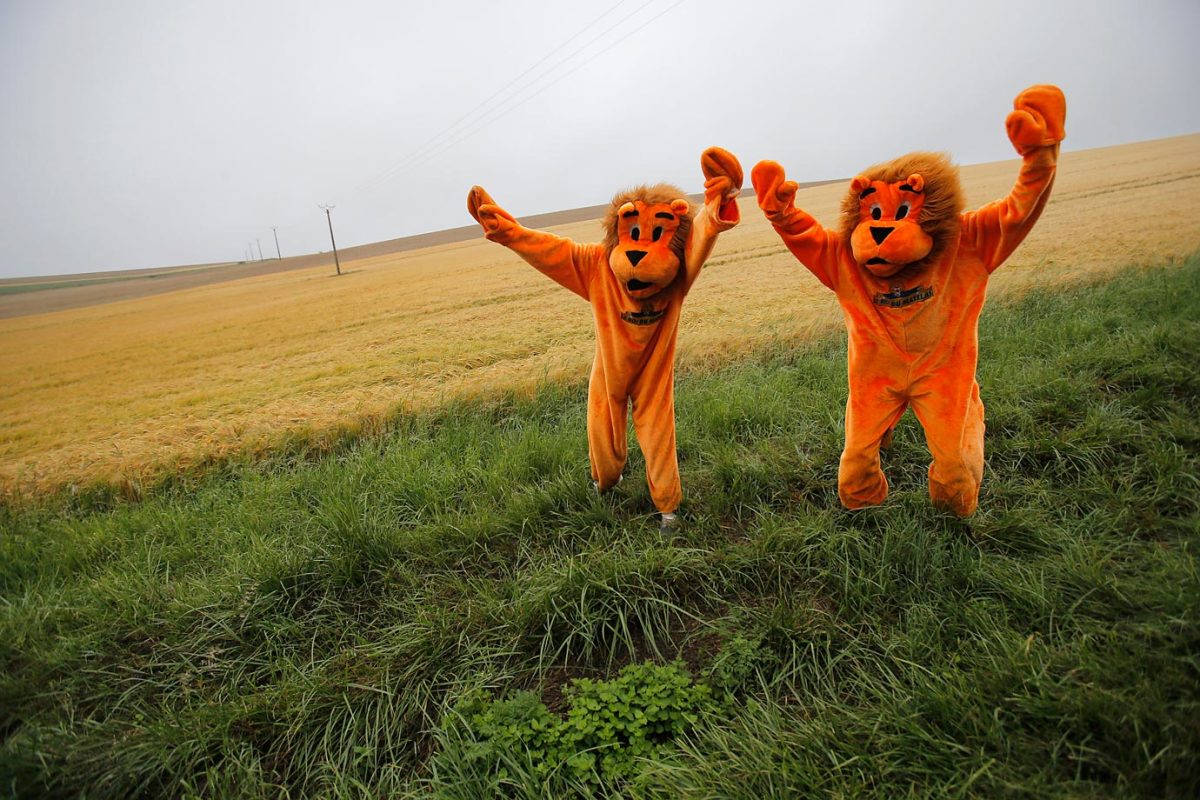
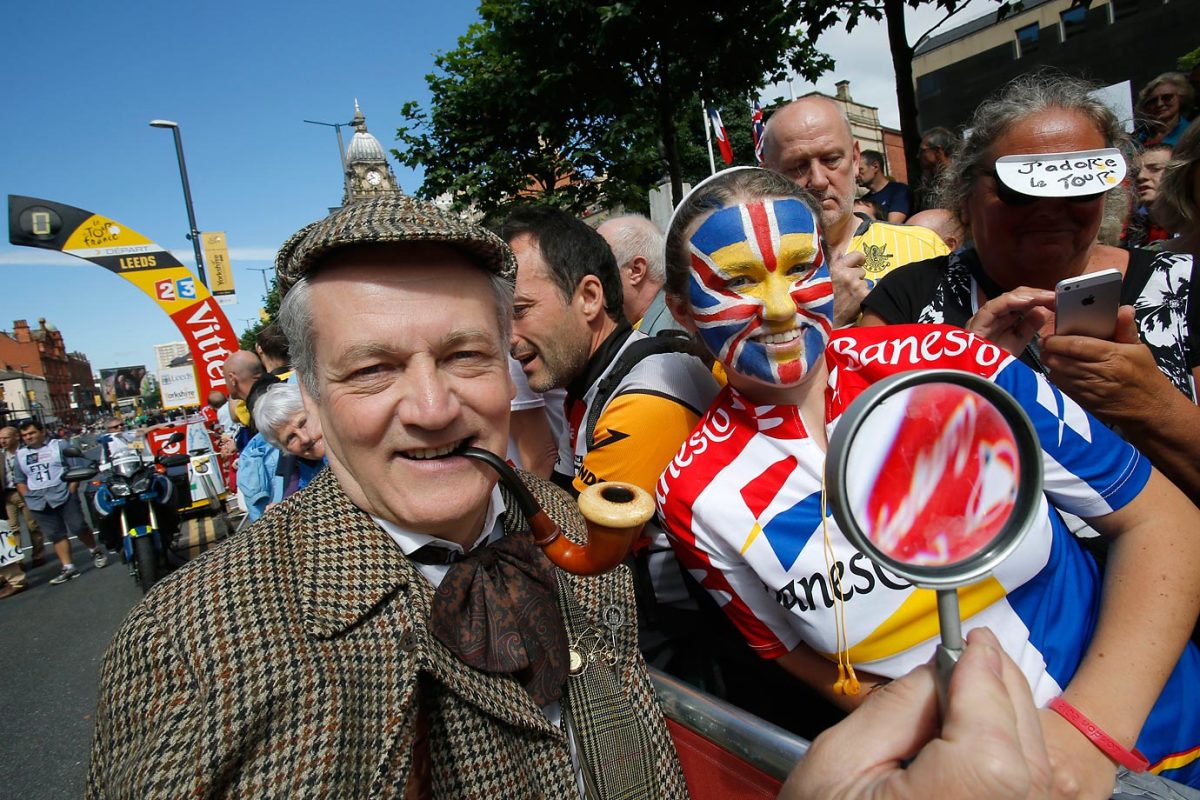

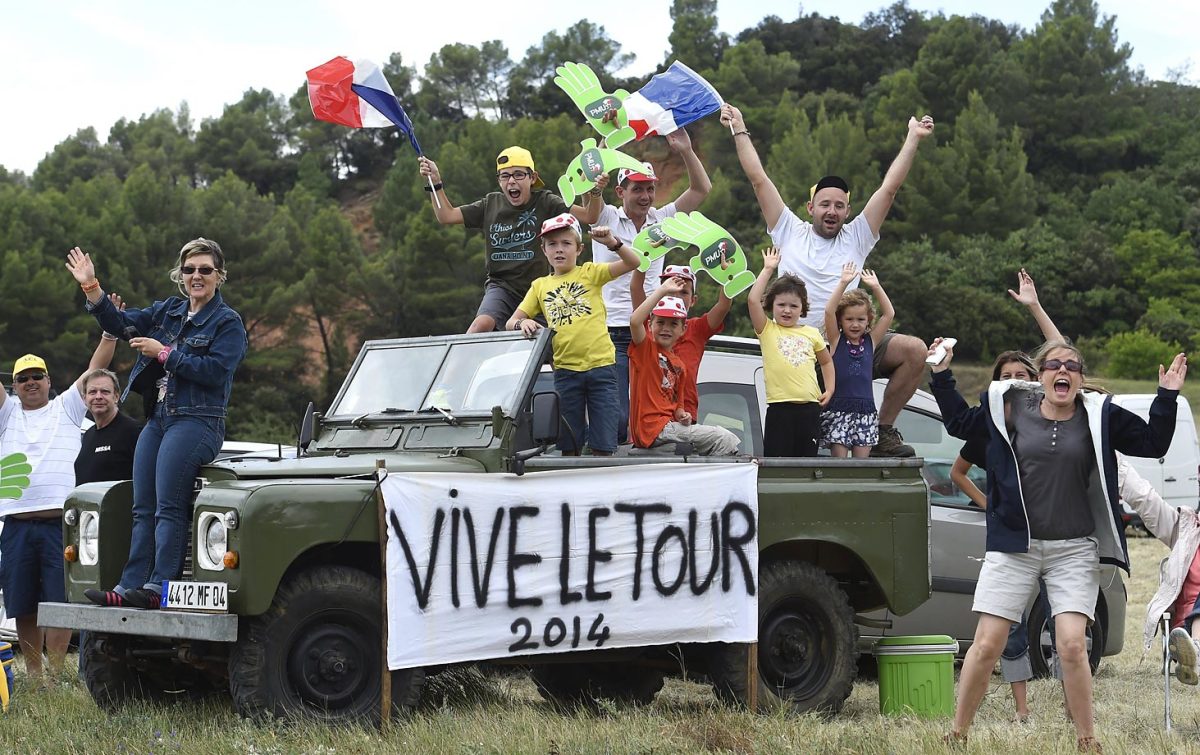
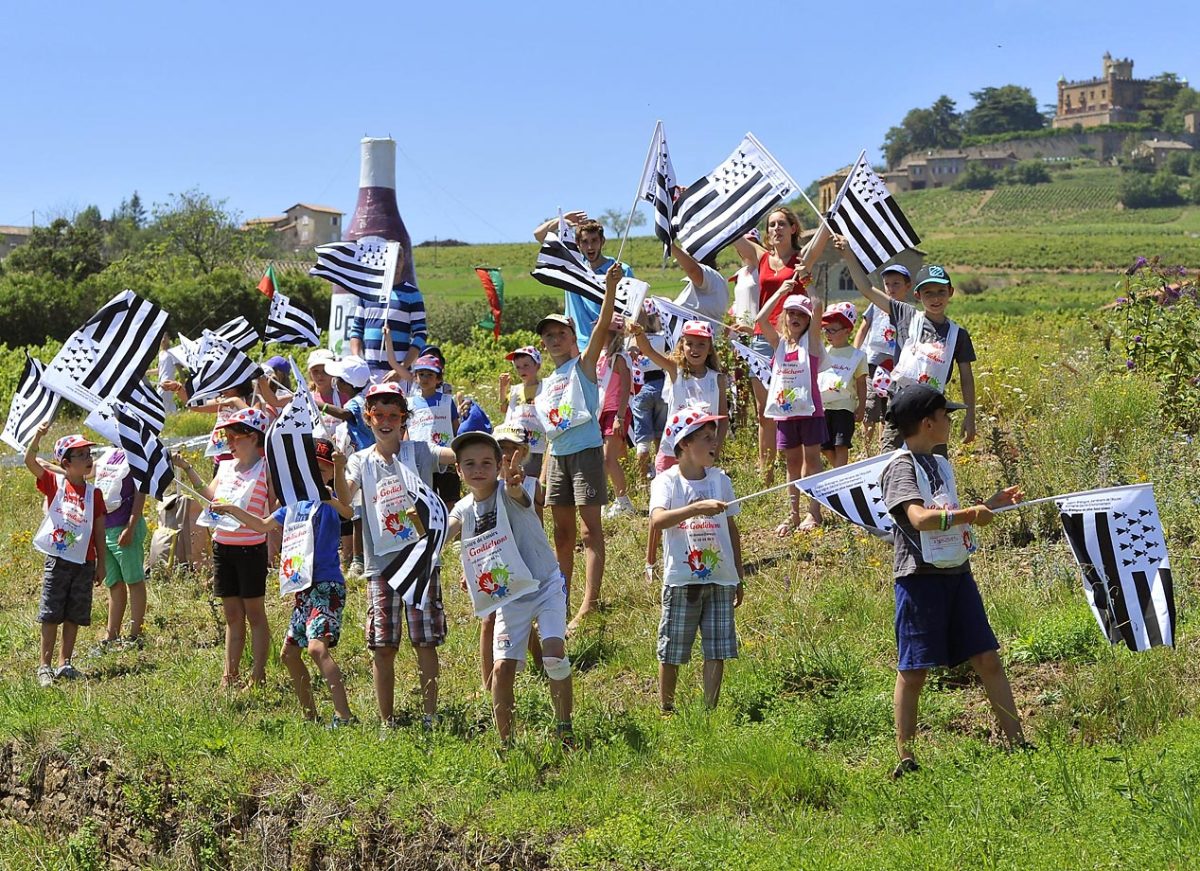

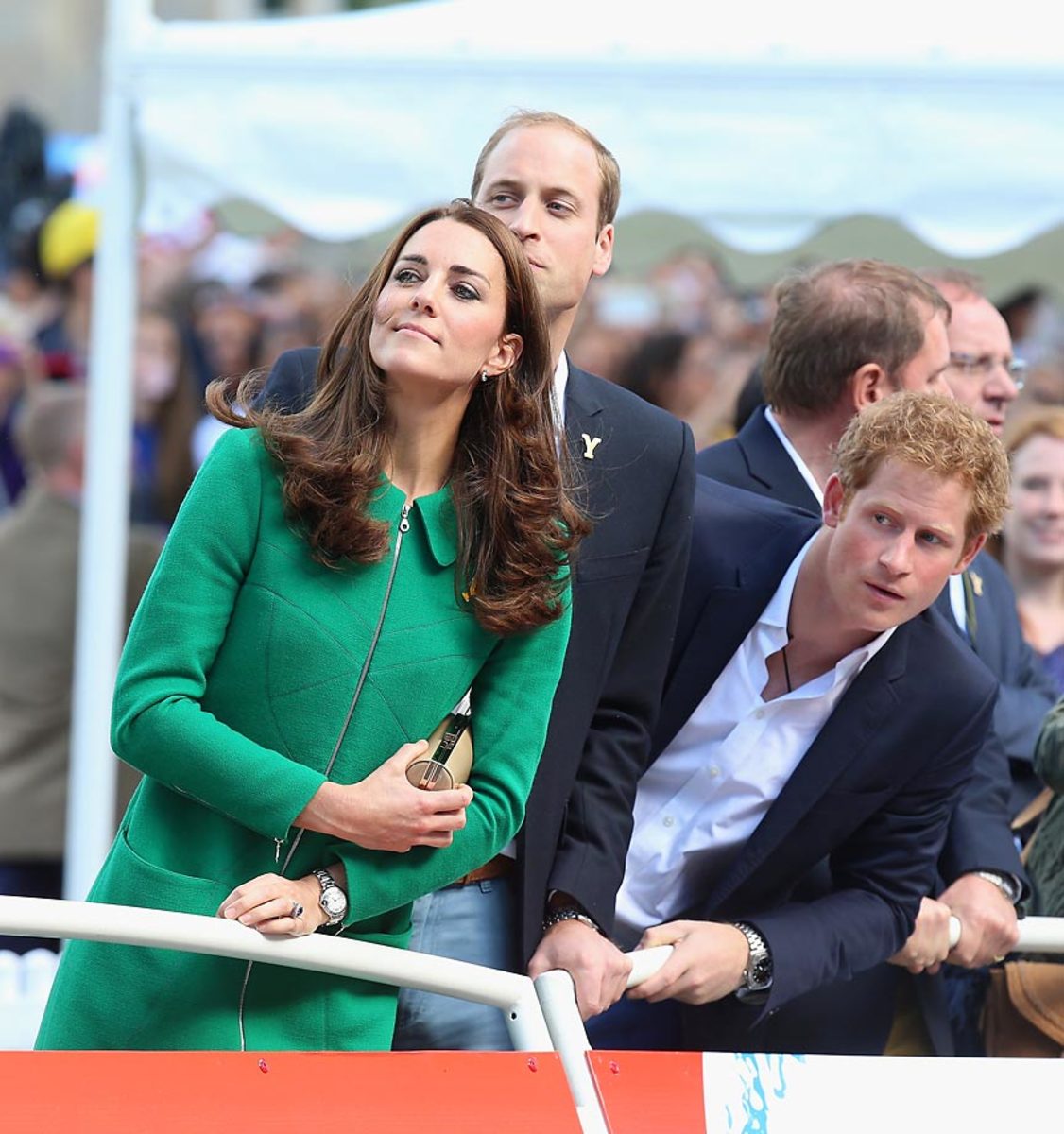
Armstrong hasn’t watched much of this year’s Tour—“if I’m eating breakfast or getting ready to go, I’ll have it on”—and says, “Most of the days are just boring as hell.” Strava, he says, could help change that by creating more exciting content for viewers. “Whether it’s being able to watch certain riders power up, with heart rate, speed and wind direction, I think the little metrics can be used in a live broadcast, but the sport is so traditional that it doesn’t adapt very easily.”
John Gaston also says he likes that Strava tracks the technical aspects of cycling and provides a user-friendly, intuitive way to log miles, elevation and power output. He’s rode with Armstrong in Aspen on mountain bike trails—a much different ride than standard road racing. “After years of riding the pro peloton, thousands of hours of practice staring down at the same road, mountain biking is a mental pressure release. You can stay in the sport you love in a newer, fresher light,” Gaston says.
Armstrong, meanwhile, is still setting a fast pace in his post-racing life. “I’m not ever slowing down—ever,” he says. “I’d go insane if I didn’t have that outlet every day."
